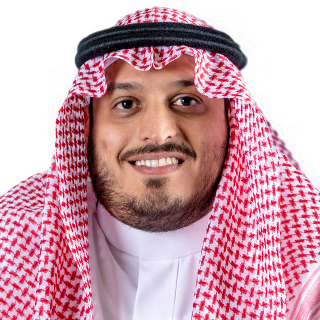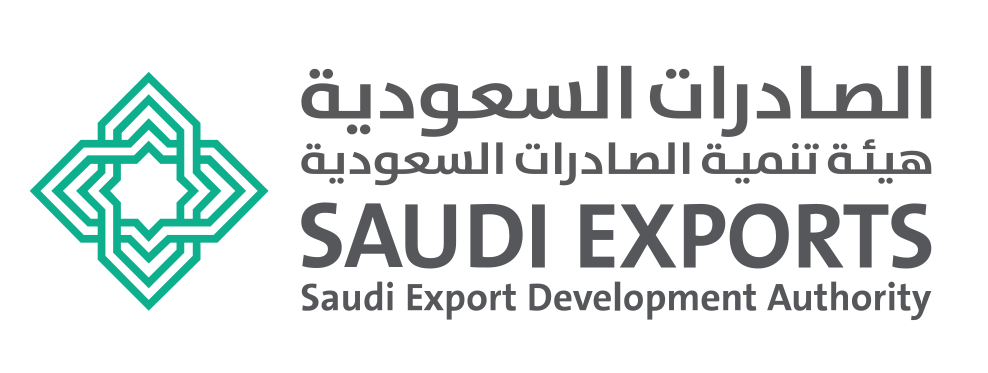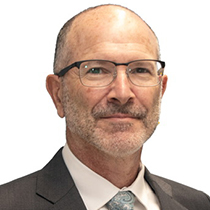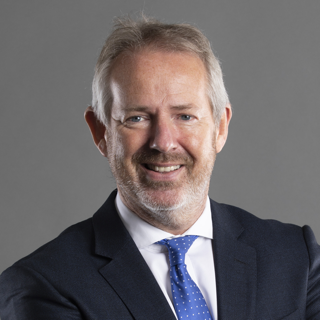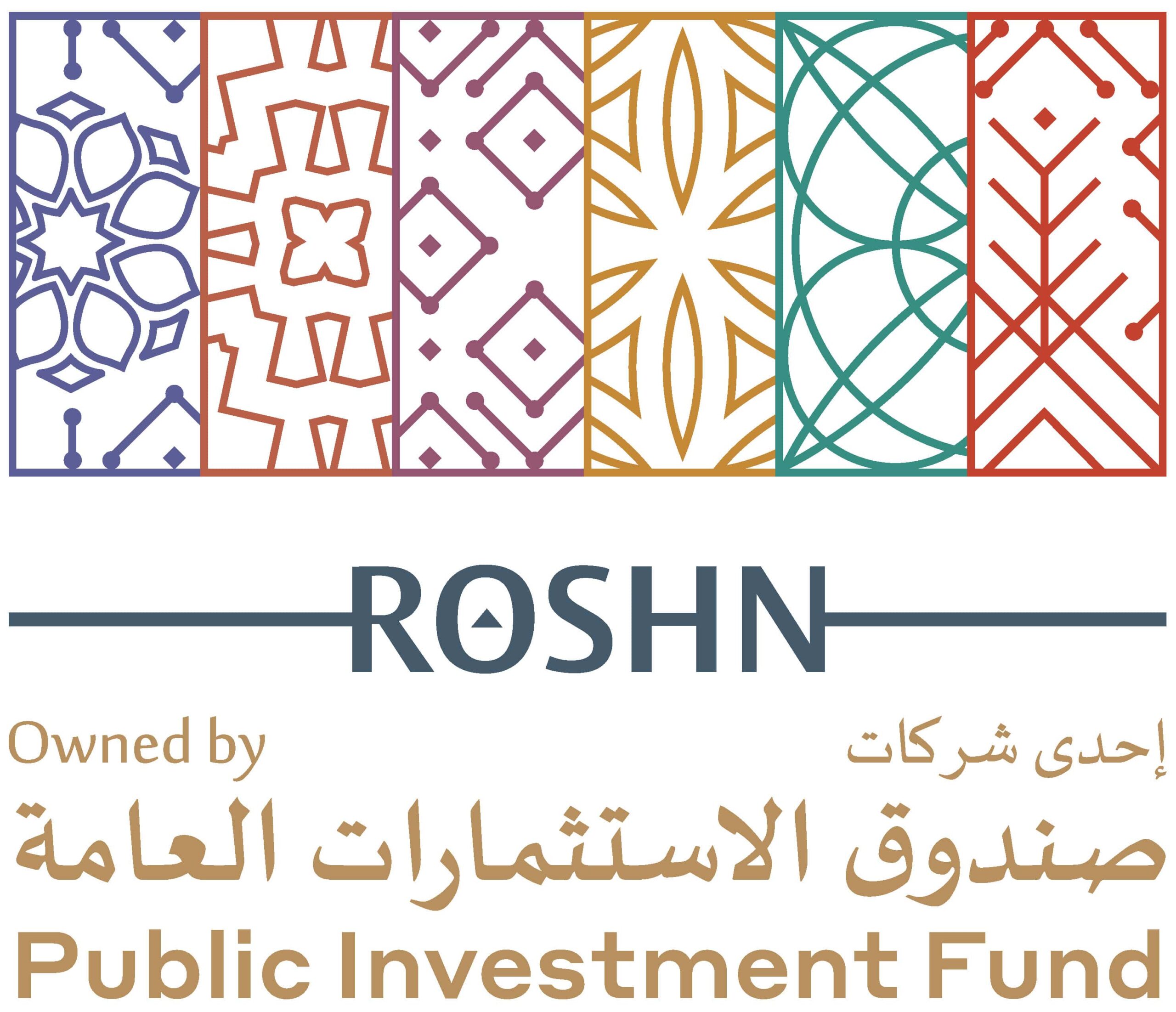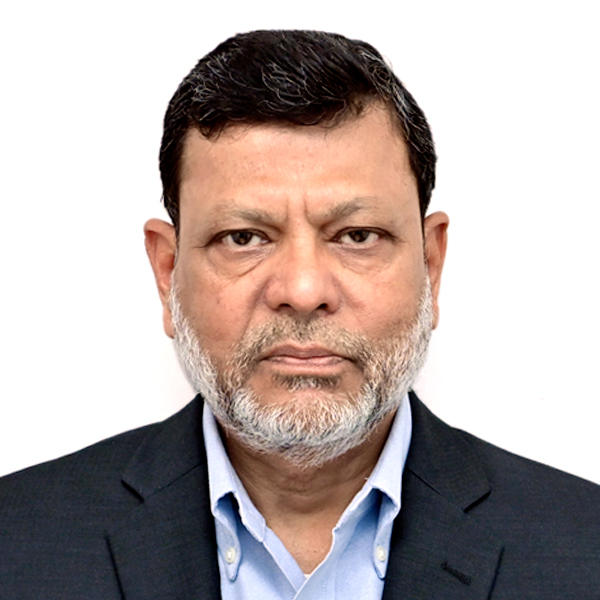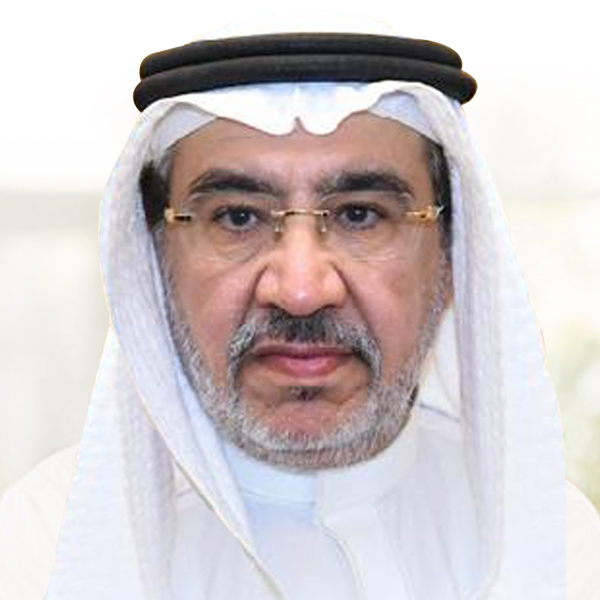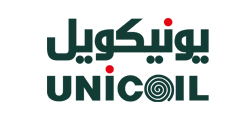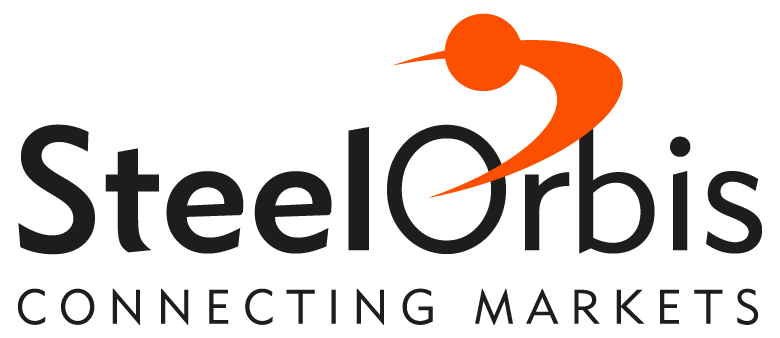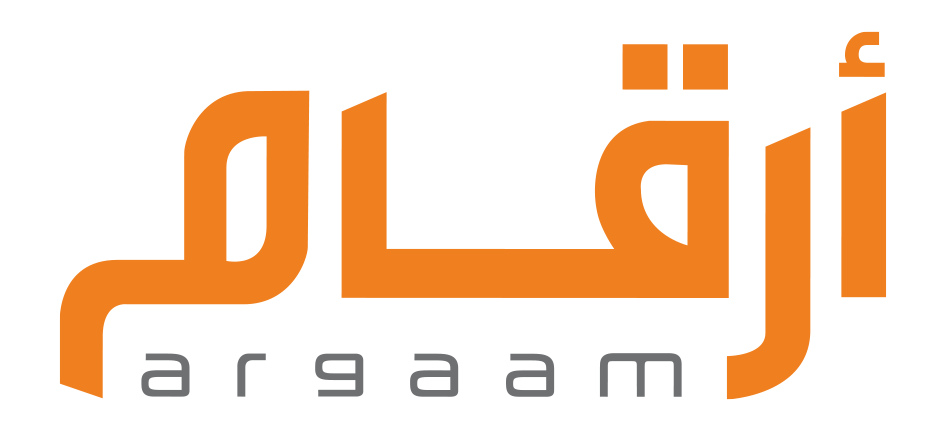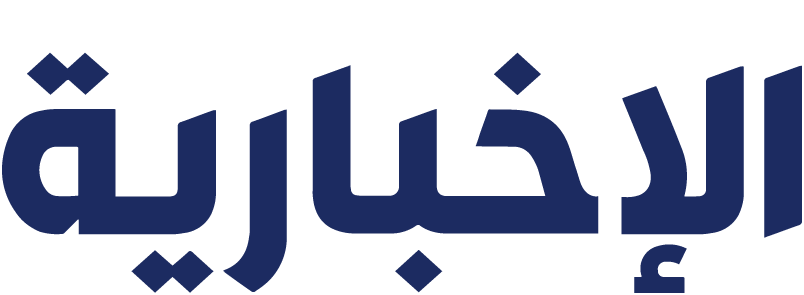Agenda
Schedule, topics and speakers are subject to change, as we prepare the most up-to-date and relevant content
- Pre-Registration DaySun, September 11
- Day 1Mon, September 12
- Day 2Tue, September 13
- Day 3Wed, September 14
04:00 PM
04:00 - 08:00 PM GMT +3 (4 Hours)
Pre-Registration Desk
07:30 AM
07:30 – 09:30 AM GMT +3 (2 Hours)
Registration
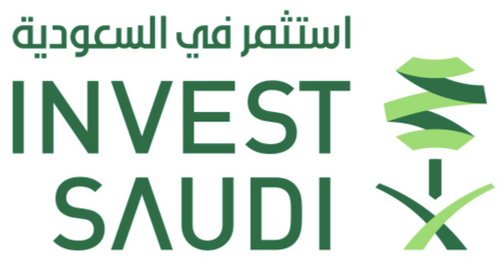
09:00 AM
09:00 – 11:00 AM GMT +3 (2 Hours)
Ongoing energy access is essential for people, countries and economies to thrive. Discover how we are a reliable energy supplier to the world at:
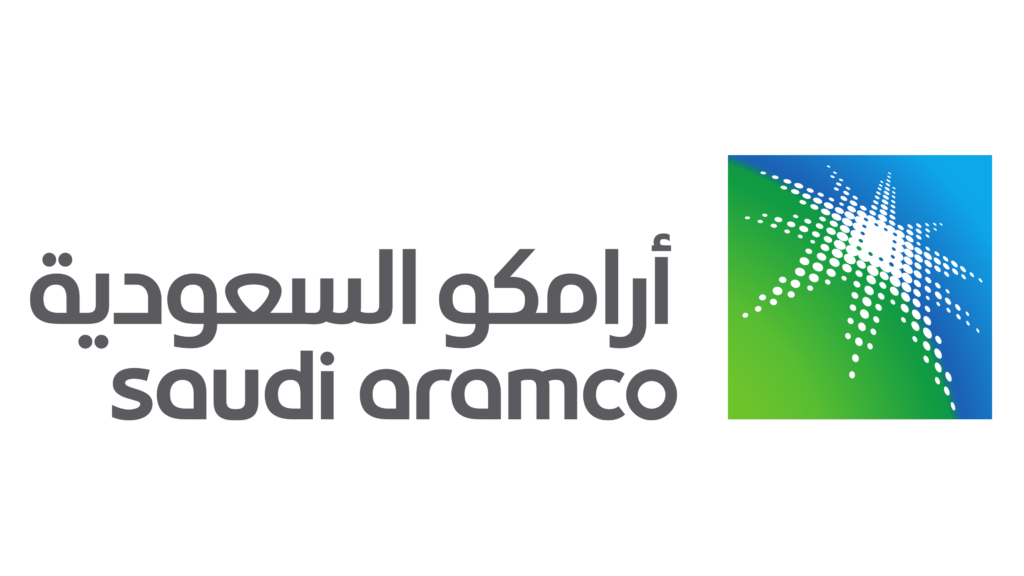
Workshop 1 (Start at 9:00 AM): Aramco Namaat Program
Presented by Bilal A. Shamma
The Aramco Namaat program is promoting and investing in new businesses, focusing on creating National Champions that will contribute to the efficiency, reliability and sustainability of the Company’s ecosystem while contributing to national economic goals. The program focuses on investments in five emerging and growth sectors that are strategic to both Aramco and the Kingdom. These are: sustainability, digital, industrials, manufacturing, and social innovation.
Workshop 2 (Start at 9:40 AM): iktva Overview & Value Proposition
Presented by Nasser K. Al Rushoud
The workshop will cover an overview of the In Kingdom Total Value Add (iktva) program and showcase localization opportunities for the metal ecosystem. Each localization opportunity will include: details of the opportunity including high-level technical requirements, estimated market size with future outlook, and access to key localization stakeholders.
Workshop 3 (Start at 10:20 AM): Doing Business with Saudi Aramco
Presented by Abdulrahman A. Al Khalaf
Doing business with Aramco requires different registration and qualification processes depending on a number of factors, such as the company’s location and type of supplier (material vendor, manufacturer or service provider). Saudi Aramco is looking for highly qualified suppliers to provide best-in-class materials and services. Join this workshop to understand how to be part of Saudi Aramco’s world-class supply chain, focused on delivering greater value and enabling continued growth.
11:00 AM
11:00 AM – 01:00 PM GMT +3 (2 Hours)
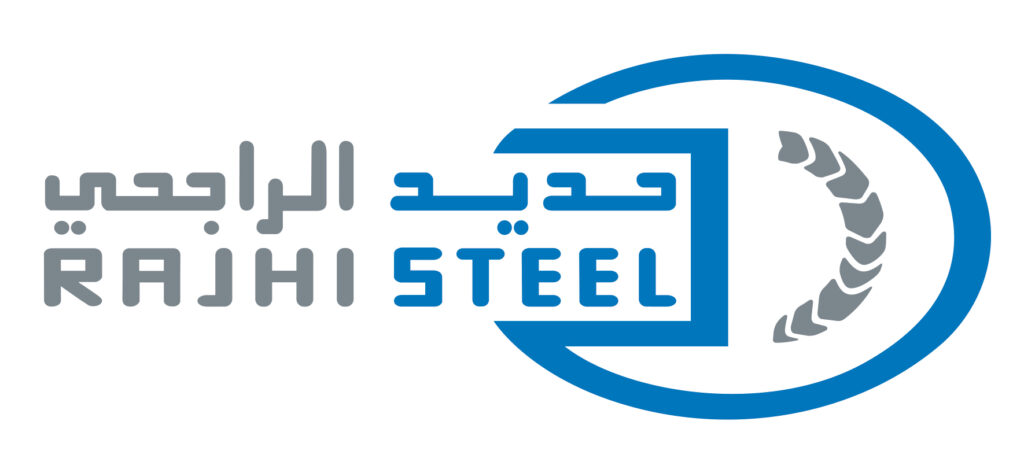
RAJHI STEEL cordially invites you to the workshop where we will overview the characteristics of present concrete reinforcement steel making technologies and will discuss their impact on material efficiency, sustainability and preservation of natural resources.
The challenges faced by the specific production technologies on product quality, material availability, energy efficiency and impact on GHG emissions will also be deliberated.
The requirements on new high strength grades and the present status of available technologies to produce such grades will be discussed.
01:00 PM
01:00 – 03:00 PM GMT +3 (2 Hours)
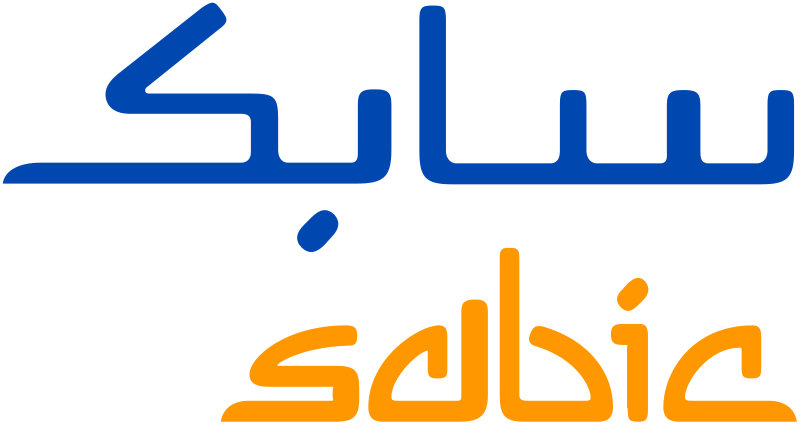
Join us at our workshop and learn about our innovative solutions and sustainability practices, as one of the largest manufacturers of steel in the Middle East. Our advanced product range, uncompromising emphasis on long-term reliability and quality, and commitment to customers have helped us be a leader in high-quality metals that have played a vital role in the global construction industry. During the workshop, we will demonstrate how we are contributing to the successful achievement of Saudi Vision 2030 by fostering innovation and working keenly on achieving carbon neutrality within the steel sector.
04:00 PM
04:00 – 04:05 PM GMT +3 (5 mins)
National Anthem and Verse from the Holy Qur’an
04:05 PM
04:05 – 04:10 PM GMT +3 (5 mins)
Selective Introductory Film
04:10 PM
04:10 – 04:15 PM GMT +3 (5 mins)
Conference Chairman’s Opening and Honorary Introduction
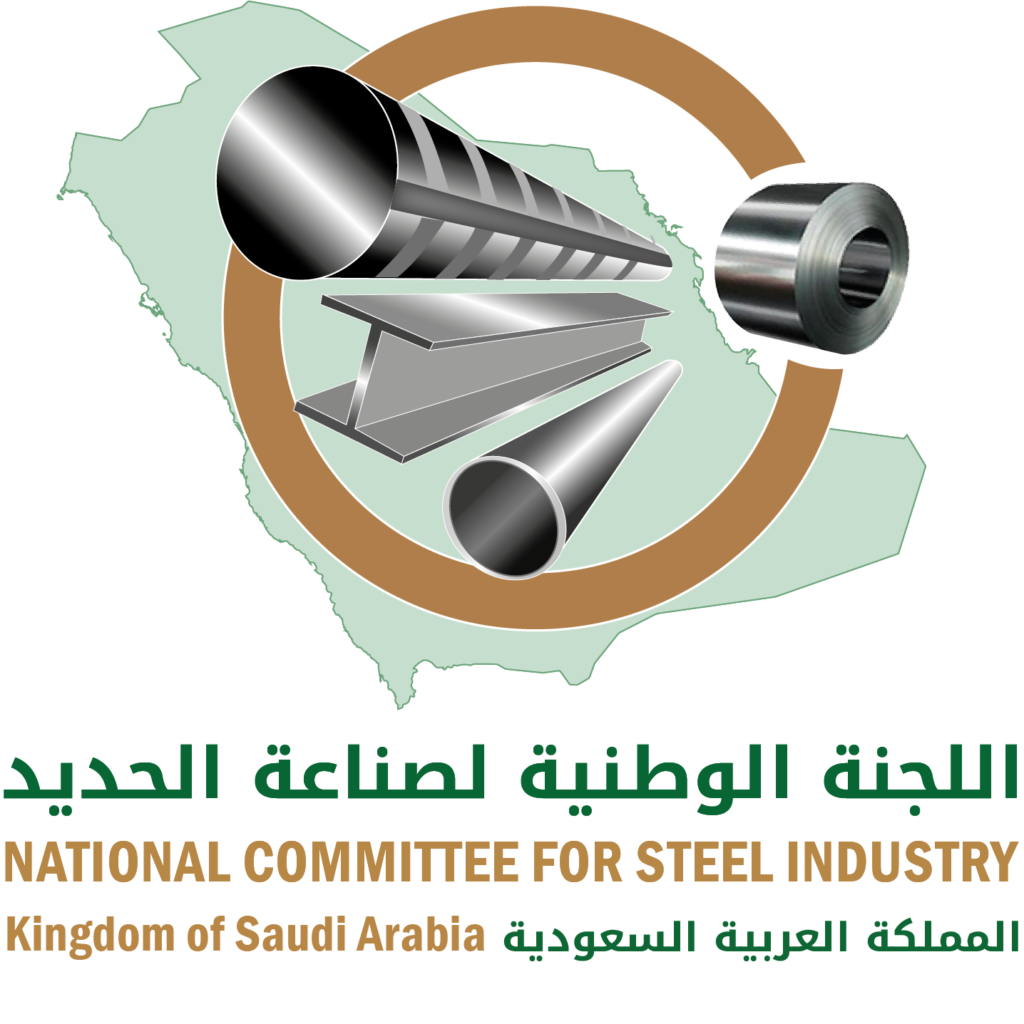
04:15 PM
04:15 – 04:25 PM GMT +3 (10 mins)
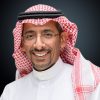
Patronage Speech
H.E. Mr. Bandar AlKhorayef
Minister of Industry and Mineral Resources04:25 PM
04:25 – 04:35 PM GMT +3 (10 mins)
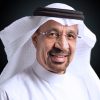
Patronage Speech
H.E. Eng. Khalid Al-Faleh
Minister of Investment
04:35 PM
04:35 – 04:45 PM GMT +3 (10 mins)
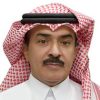
Welcome Speech
Mr. Ajlan Al-Ajlan
Chairman of the Federation of Saudi Chambers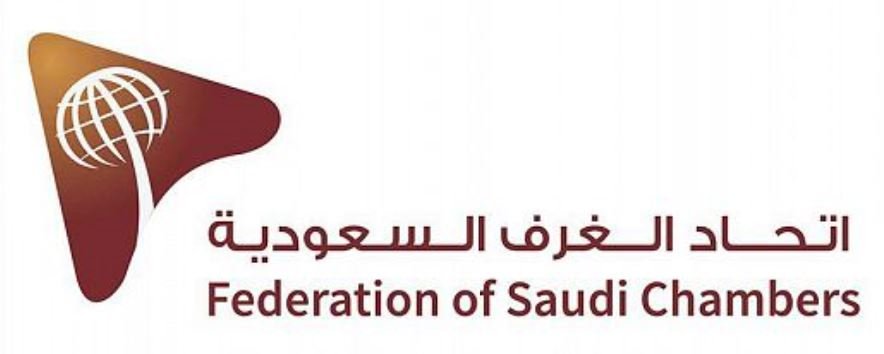
04:45 PM
04:45 – 05:00 PM GMT +3 (15 mins)
Conference Chairman Opening Introduction
Documentary Snap-shots and Recommendations from SIIS2019 Conference

05:00 PM
05:00 – 06:00 PM GMT +3 (1 Hour)
The Kingdom of Saudi Arabia is the largest economy in the Arab world and the wider Middle East and North Africa region, and is the only Arab member of the G20. Since Saudi Arabia announced its ambitious Vision 2030 strategic framework to diversify non-oil sources of income, it has made many structural changes. These aim to achieve economic transformation by attracting investments and establishing giant vital projects that are likely to stimulate iron and steel consumption. Has the process of economic transformation in the Kingdom been affected in light of the previous decline in oil prices, which lasted for a period before values rebounded to good levels now? Indeed, to what extent has the growth in oil prices following the outbreak of war in Ukraine improved Saudi Arabia’s public spending and overall economic outlook? Has the Covid-19 pandemic, whose effects are gradually receding, delayed the economic transformation process? How have these factors affected the economy of Saudi Arabia, and what are the measures taken by authorities to ensure that growth continues as planned? How can different authorities best harmonise their efforts to stimulate local investment and attract foreign investment to support the national strategy for the development of national industry sectors, including iron and steel as a strategic national industry? What are authorities doing to support an increase in non-oil foreign trade, including Saudi steel exports, which have accelerated in recent years? What progress is being made on training up the next generation of Saudi engineers to ensure a sufficient native labour force for industrial expansion?
Key Themes:
- The impact of the COVID-19 pandemic on the timeline of Saudi Vision 2030.
- Saudi Arabia’s position on overcapacity which is subject to continuous discussions in the Global Forum on Steel Capacity
- The Kingdom of Saudi Arabia’s measures to increase economic investment associated with stimulating domestic and foreign investment
- The Public Investment Fund (PIF) project/investment outlook, progress in Saudi economic diversification
- Stimulating and supporting the industrial sector in light of Saudi Vision 2030 – What will the Kingdom look like at the beginning of the next decade?
- Renewable energy investment as part of Saudi Vision 2030 – what are authorities doing to support the global trend of decarbonization?
- How have Saudi steel exports evolved since they were liberalised in 2017, and what support are authorities giving the industry to trade abroad?
- Saudi Arabia is opening up more to international business. What is the government doing to encourage foreign talent to live and work in Saudi?
- The progress of training up the Kingdom’s next generation of engineers to operate the steel plants and manufacturing plants?
- How will the war in Ukraine impact Saudi Arabia’s economy and what measures is government taking to ensure the situation benefits rather than hinders growth?
(Order according to alphabetical sequence)
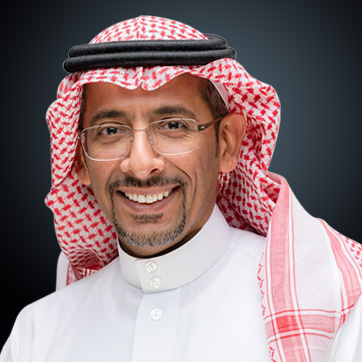
H.E. Bandar Ibrahim AlKhorayef
Minister
Ministry of Industry and Mineral Resources
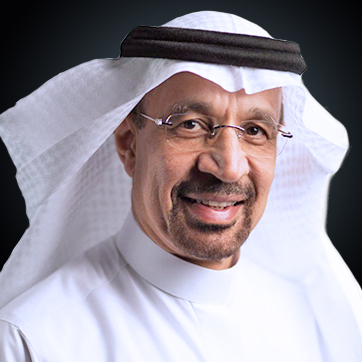
H.E. Khalid Abdulaziz Al-Faleh
Minister
Ministry of Investment

MODERATOR
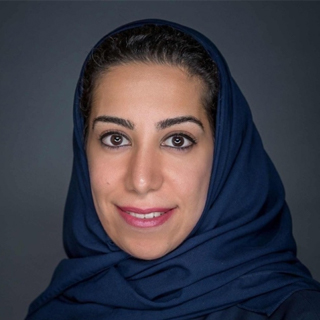
Noor Shabib
Vice President for Strategic Planning & Business Development
06:00 PM
06:00 – 06:05 PM GMT +3 (5 mins)
Conference Chairman’s Closing Remarks

06:10 PM
06:10 – 06:40 PM GMT +3 (30 mins)
Break for Maghreb Prayers

06:45 PM
06:45 – 08:00 PM GMT +3 (1 hour 15 mins)
Exhibition Tour & Networking Reception

08:00 PM
08:00 – 09:30 PM GMT +3 (1 hour 30 mins)
Gala Dinner

07:30 AM
07:30 – 09:30 AM GMT +3 (2 Hours)
Welcome Coffee & Snacks

09:30 AM
09:30 – 09:35 AM GMT +3 (5 mins)
National Anthem and Verse from the Holy Qur’an
09:35 AM
09:35 – 09:50 AM GMT +3 (15 mins)
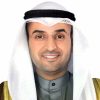
Patronage Speech
H.E. Dr. Nayef Falah M. Al-Hajraf
Secretary General of the Cooperation Council
for the Arab States of the Gulf
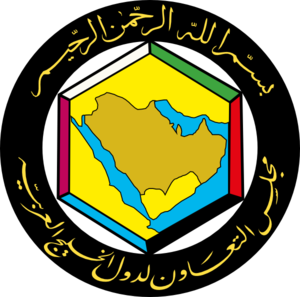
09:50 AM
09:50 – 9:55 AM GMT +3 (5 mins)
Conference Chairman’s Opening Remarks

10:00 AM
10:00 – 11:10 AM GMT +3 (1 Hour 10 Mins)
Session 1
Saudi Arabia is a land rich in natural resources that could be exploited to develop the country into an industrial powerhouse. Among other minerals, the Arabian Shield is known to possess rich deposits of chrome, manganese, tin and, most importantly, iron. Coupled with its substantial natural gas reserves, this makes the kingdom a prime potential location for steelmaking and downstream investment. However, the pace of mineral exploitation and availability of natural gas for industry have been major issues. What actions need to be taken in order to resolve these issues, and what more can the government do to adopt enablers that support the provision of raw materials locally and push for the development and structuring of the national iron and steel industry? Increasing non-oil exports is one of the targets of Saudi Vision 2030, and Saudi steel mills have expanded foreign trade significantly in recent years. What can authorities do to support this further? The Saudi rules of origin decree has meanwhile limited volumes of steel coming from abroad. What was the intention of this decree and what has been the impact since its introduction? How have supply chain disruptions in light of the Covid-19 pandemic and war in Ukraine impacted the Saudi steel industry, and what more can be done to alleviate these disruptions? Will the Ukraine war have any longer-term consequences for Saudi Arabia’s economy and steel industry, in particular, and how can these be exploited and/or resolved? What are Saudi Aramco’s plans to tackle lower future oil use in light of the decarbonization trend? What are the prospective investments in the iron and steel industry that will provide a base for economic diversification? The session will bring together Saudi government deputy ministers and executives from key strategic companies in the Kingdom to discuss the current landscape and future prospects for industry and economic diversification in Saudi Arabia.
Key Themes:
- Saudi progress on mineral exploitation – Wadi Sawawin iron ore deposit
- How can Saudi Arabia exploit it resources more efficiently to support steelmaking?
- Saudi Aramco/SABIC cooperation progress since takeover – has this changed steel sourcing?
- Saudi natural gas capacity investments to meet growing demand
- The enablers available for structuring the national iron and steel industry and stimulating its growth and expansion
- What challenges and opportunities have arisen for Saudi Arabia as a result of the war in Ukraine, and how can these be tackled?
- How do SABIC and Maaden contribute to economic diversification?
- Options to stimulate foreign investment in the Saudi iron and steel industry
- Measures to alleviate supply chain disruptions caused by Covid-19
- Saudi Arabia’s export push – what support is government providing?
- Impact of rules of origin decree on Saudi steel industry and manufacturing
(Order according to alphabetical sequence)
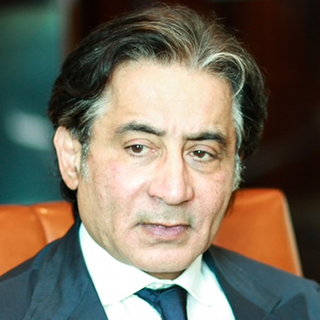
Ahmed Ezz
Founder & Chairman
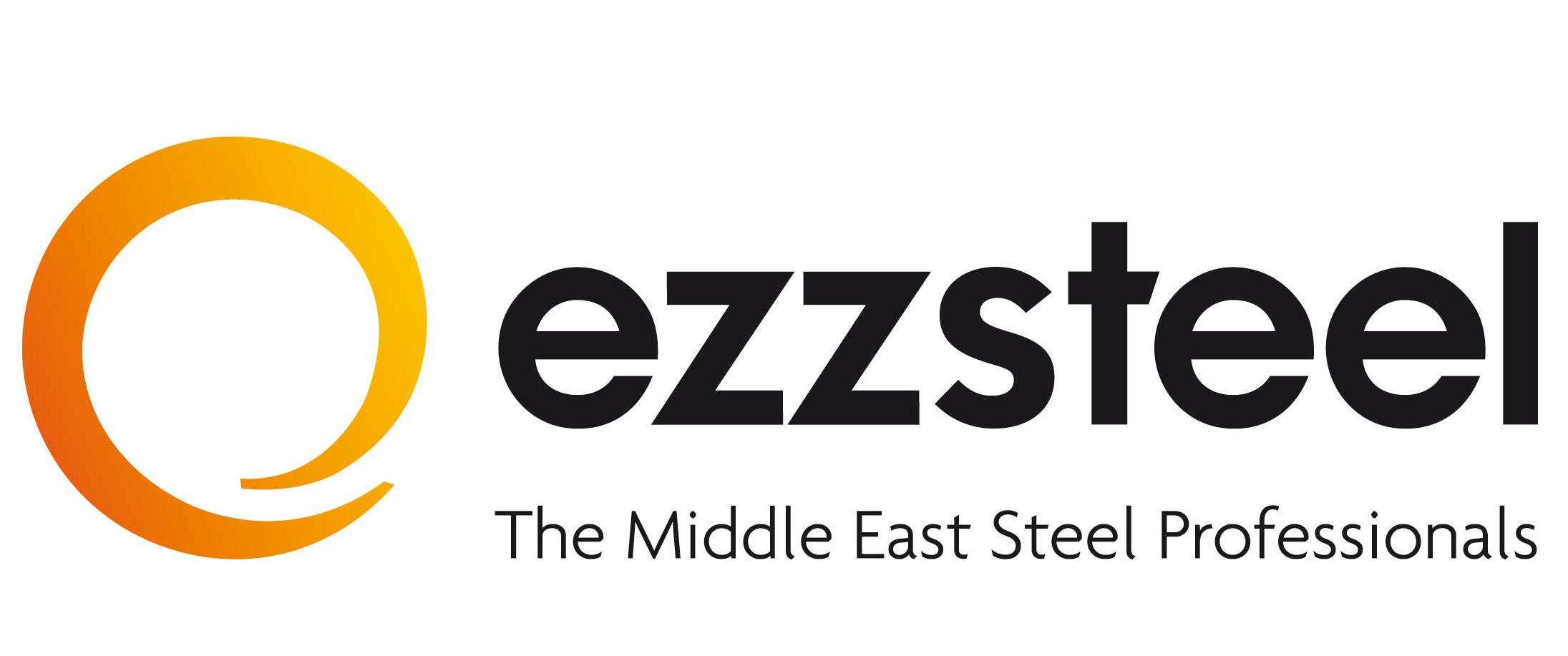
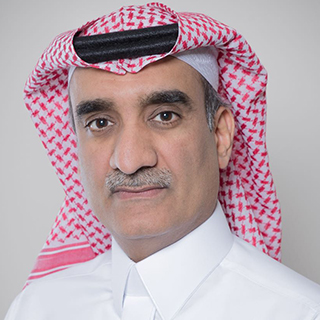
Fahad Al Abdul Kareem
Vice President of the Industrial Services
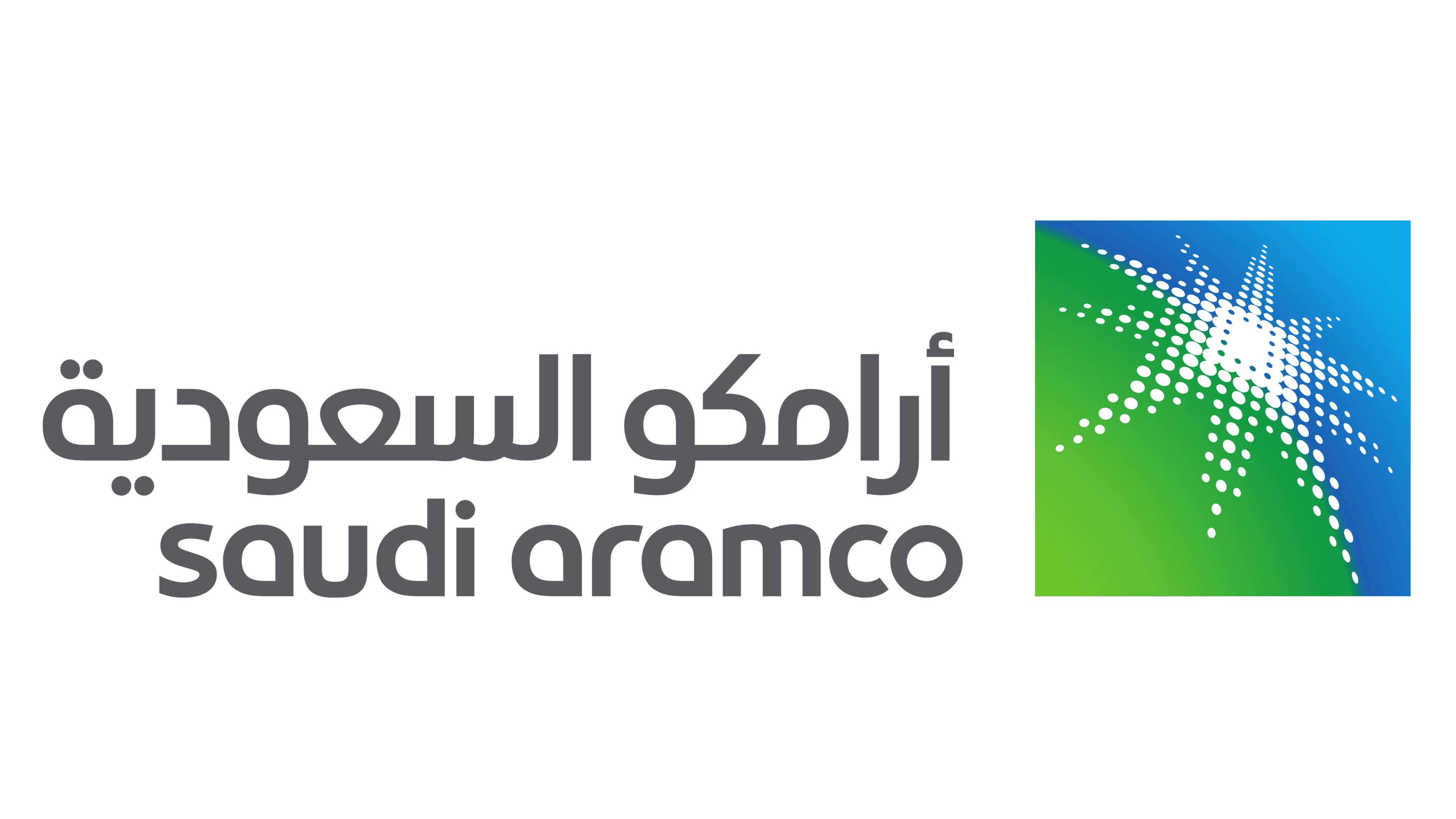
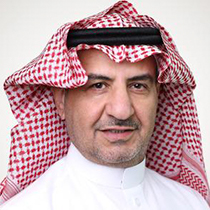
H.E. Khalid Al-Mudaifer
Vice Minister for Mining Affairs
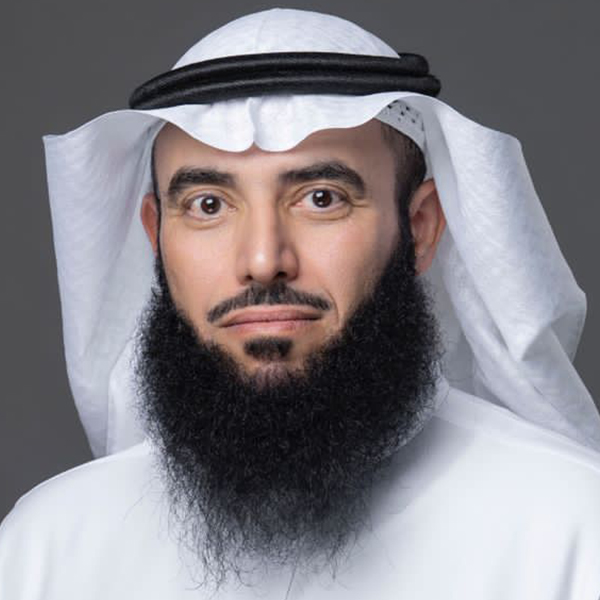
H.E. Osama Al-Zamil
Vice Minister
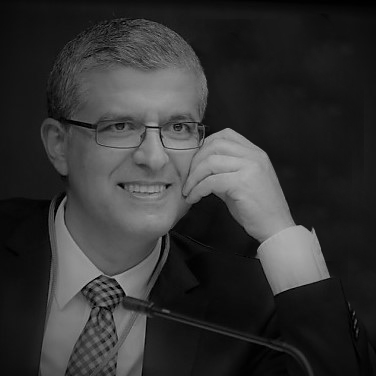
Tareq Emtairah
Director, Division of Decarbonization and Sustainable Energy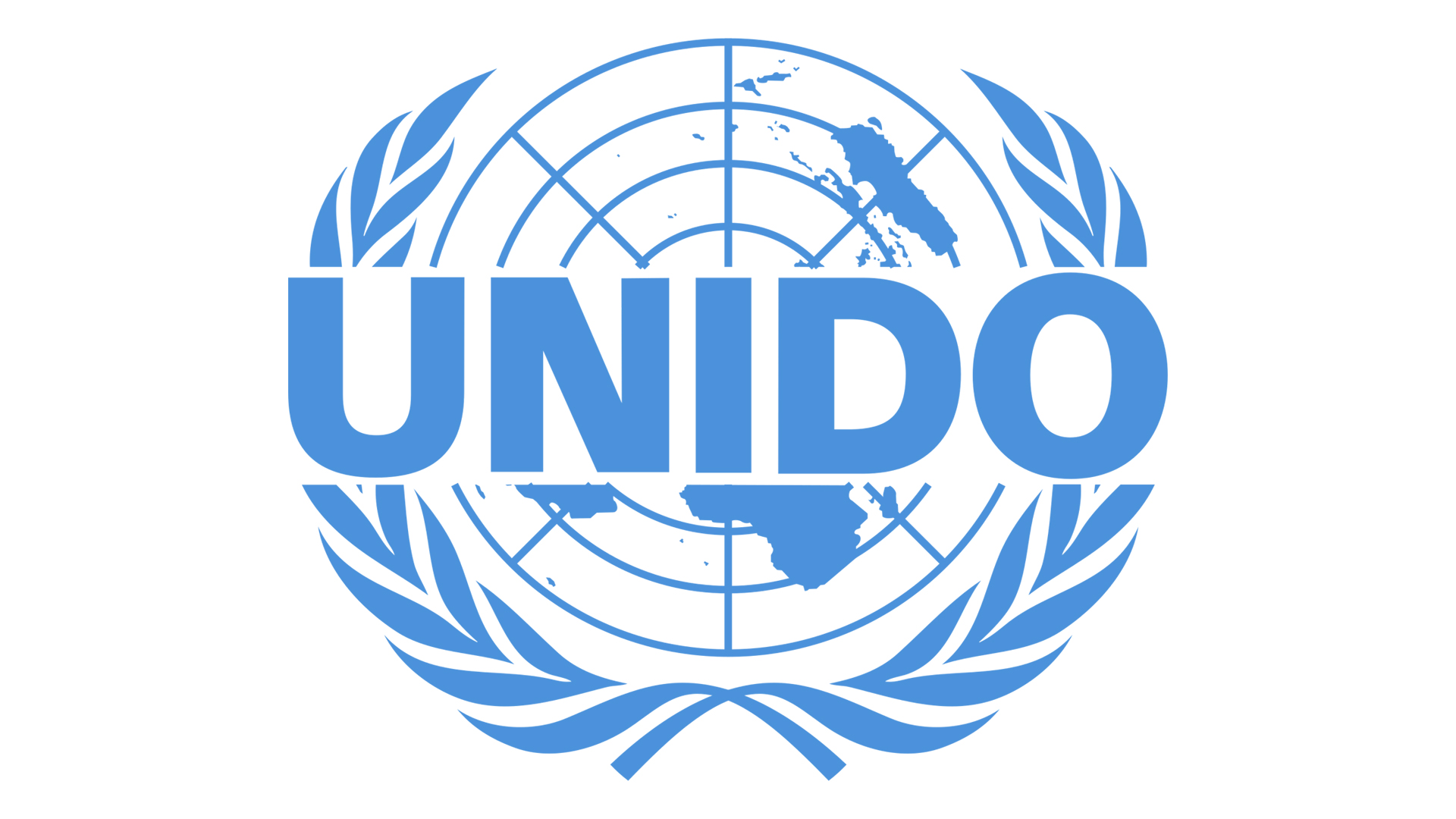
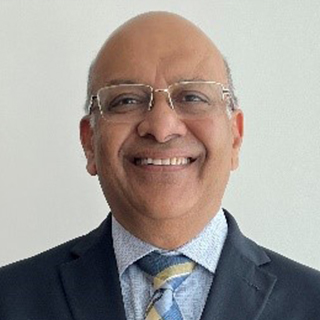
Vinay Shroff
Chief Marketing Officer
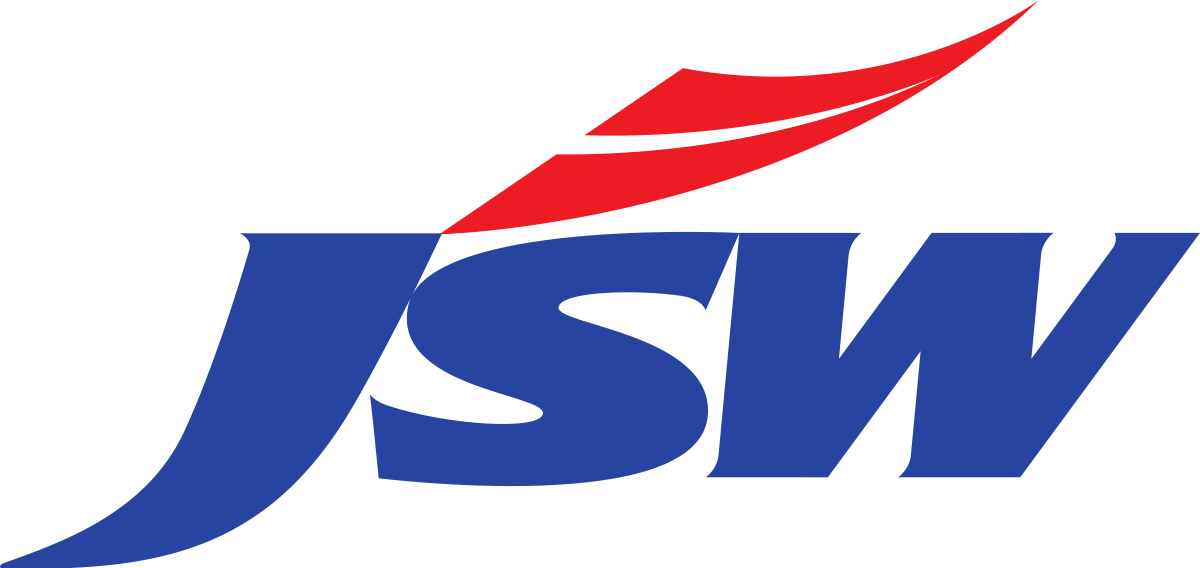
11:10 AM
11:10 – 11:35 AM GMT +3 (25 mins)
WorldSteel: A Closer Look at the MENA Region

Dr. Edwin Basson
Director General
World Steel Association - Belgium

INTERVIEWER
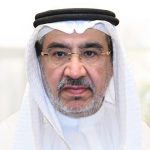
Mohammed Al-Jabr
Vice Chairman
11:35 AM
11:35 AM – 12:50 PM GMT +3 (1 Hour 15 mins)
Session 2
The Middle East and North African steel industry has suffered from reduced demand on account of previously lower oil prices and the Covid-19 impact. However, steel imports into the region have declined as local mills increase self-sufficiency and authorities impose tighter trade controls. Exports, meanwhile, have grown, as MENA mills gain a foothold in international markets. Since liberalising steel exports in 2017, largest regional economy Saudi Arabia’s steel trade deficit has narrowed considerably. What progress have its mills made in establishing themselves in global markets? The Saudi rule of origin decree has meanwhile seen steel imports into Saudi Arabia from other Gulf Cooperation Council countries drop to almost zero low levels since July, removing an important market for many suppliers. How have mills in other GCC countries reacted to this? What has been the response of the GCC’s steelmakers to the increasing push for steel certification within the bloc? How have mill margins been impacted by increasing input costs and inflationary pressure? Have suppliers struggled with supply chain disruptions? Re-rollers’ margins have meanwhile recently been under severe pressure, with rebar and billet prices pegged at similar levels. Does this spell the end for the re-rolling model? The outbreak of war in Ukraine and consequent sanctions against Russia have severely disrupted the supply of raw materials and steel from a major exporting region. How is this affecting MENA mills and steel buyers, and what measures have been/can be taken to mitigate the impact? Have trade flows been redirected? Now that oil prices have rebounded strongly, the 2022 demand outlook has improved for the region’s oil exporters, although this raises the question of whether it will discourage the process of economic diversification which many countries in the region have embarked on. A question mark also remains over investment into regional flat steelmaking capacity, which is considered to be in deficit. Emirates Steel’s hot rolled coil mill aims to reduce the deficit. Essar is also investing in new flat steel capacity in Saudi Arabia. How are these issues likely to develop going forward? This session will aim to answer these questions and forecast the MENA steel market landscape post Covid-19 and Ukraine war.
Key Themes:
- MENA steel demand post Covid-19 and regional demand amid collapse and subsequent rebound in oil prices
- Challenges of GCC long steel producers – re-rolling model under threat?
- Outlook for flat steel consumption in MENA and analysis of reasons for preventing fresh investments in spite of severe flat product shortage
- Sustainability of DRI-EAF route steelmaking, changing share of scrap in feedstock mix
- Will increased steel capacity and protection regulations change the regional steelmaking map and affect the role and place of Turkish, CIS and Asian suppliers in the MENA steel market?
- Algeria’s rapid rise as a regional DRI and steelmaking hub – wider regional impact
- MENA steel export push, progress in establishing presence in global markets
- Saudi rules of origin impact on Saudi steel sourcing and GCC suppliers
- Increasing input costs/inflationary impact
- Re-rollers’ margins under pressure – end of model?
- How has the rerouting of global trade as a result of the war in Ukraine impacted the MENA steel market?
- Do steelmakers anticipate stronger steel demand in oil exporting countries on account of the post-war jump in oil prices? Will demand in oil importing countries suffer?
(Order according to alphabetical sequence)
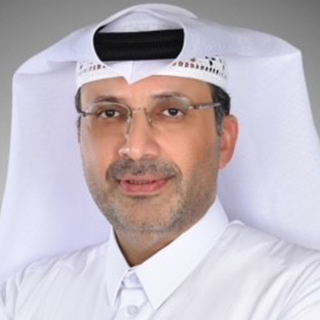
Ahmed Kalifa
Chief Manufacturing Officer

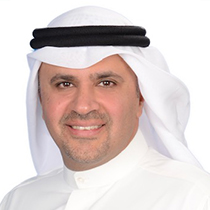
Meshary Al-Judaimi
Chairman of the Board
Foulath Holding | Bahrain Steel

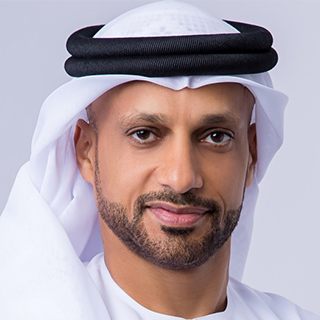
Saeed Al Remeithi
Group CEO

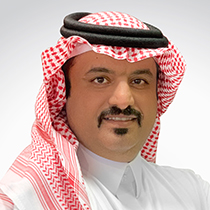
Salah Al Ansari
President - HADEED

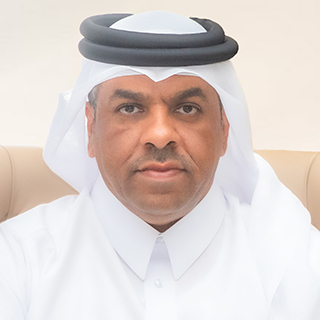
Yousef Al-Muhannadi
General Manager / Chief Executive Officer

MODERATOR
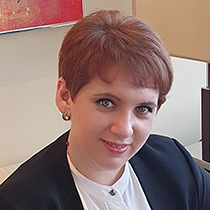
Yuliya Filali Ansary
Editor
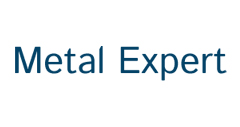
12:50 PM
12:50 – 02:25 PM GMT +3 (1 hour 35 mins)
Prayer & Lunch

02:30 PM
02:30 – 03:25 PM GMT +3 (55 Mins)
Session 3
A series of global, game-changing events has hit the world steel market in recent years. The initial impact of the Covid-19 pandemic hit the global economy arguably harder than the 2008-09 financial crisis, compounding the existing pre-pandemic drag on growth stemming from the global manufacturing downturn and rising trade barriers. Steel demand, however, rebounded ferociously towards the end of 2020 and in the first half of 2021, with supply unable to keep up in many cases. Even after supply and demand rebalanced, supply chains remained disrupted as a longer-term consequence of the pandemic. The automotive industry, a major steel consuming sector, has underproduced millions of vehicles globally as a result of semiconductor shortages, despite robust demand for automobiles. Surging Chinese demand growth throughout 2020 and the first half of 2021 slowed considerably in the second half, with concerns arising over future Chinese economic growth and potential sizeable steel surplus in 2022. These have since been allayed by the Chinese government’s announcement of continued infrastructure spending in 2022. However, a renewed Covid outbreak in China amid its zero-Covid policy could spell economic disruption for an unknown period of time. Weakening demand in China has seen the country return in force to the export market, shipping both HRC and slab westwards. India, having taken second spot among the world’s largest producing nations, is eyeing its own large-scale government stimulus that is expected to boost steel consumption. It has also become a major player on the export market. Besides Covid, the outbreak of war in Ukraine and consequent sanctions against Russia have taken huge tonnages of raw materials and steel out of the global market, leading to fears of shortages in some regions, pushing up global ferrous prices and drastically changing long-established trade patterns almost overnight. This has also caused prices of oil and gas to skyrocket, exacerbating already growing inflation and demand for resources, and further lifting costs of steelmaking inputs such as energy, magnesium and electrodes. What are the long-term consequences for global ferrous trade? Are we entering a new era of protracted inflationary pressure? The earlier trade disrupter, Section 232, is taking on a different form after the US signed trade pacts with the EU, Japan and UK. There has been criticism that this move has created a “rich nations’ trade club” to the detriment of other countries. What long-term impact will this have on global trade? In the meantime, the pre-pandemic global steel industry issues of overcapacity, protectionism and environmental impact have not gone away, and have in fact been brought more into focus by the crisis. How has the global steel industry’s stance on these issues changed amid the pandemic? What will the sector look like once Covid-19 is brought under control? Which countries and end-use sectors will lead the recovery? How will the hydrogen revolution change the face of the global steel industry? Will the increased use of ferrous scrap to reduce carbon emissions result in long-term shortages of the steelmaking feedstock? The surge in fossil fuel prices is seen accelerating the energy transition to renewables, but will it hamper or hinder the move towards low-carbon steelmaking technology? What have steel players learnt from the pandemic experience? In this session, top steel industry executives will aim to answer all these questions and debate in detail what future the steel industry can expect post-Covid-19.
Key Themes:
- Maintaining business continuity amid interrupted supply and financial chains
- Progress on tackling global overcapacity – remaining challenges
- Evolution of global steel trade tariffs and their impact on the Middle East’s steel industry
- What is being done to tackle market-distorting steel industry subsidies in some countries
- The impact of China’s reduced economic stimulus and slower growth
- India’s National Steel Policy progress
- US steel industry direction on the global steel industry and demand map
- Impact of US deals with EU, Japan and UK on trading patterns
- Soaring input costs/shortages – energy, magnesium, electrodes, semiconductors
- Hydrogen revolution meaning for steel industry
- Outlook for scrap shortages, price disconnect from other raw materials
- Stimulus measures impact on global steel and how long will it last?
- Freight costs and vessel shortages impact on steel trade
- G20 measures taken to safeguard global economic growth, especially amid Covid-19
- Impact of Ukraine war on global ferrous trading patterns
(Order according to alphabetical sequence)
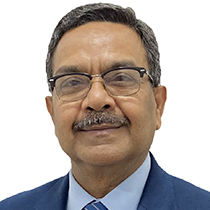
Alok Sahay
Secretary General

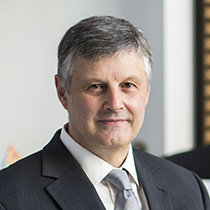
Edwin Basson
Director General


Frank Bekaert
Senior Partner - McKinsey
Benelux Office

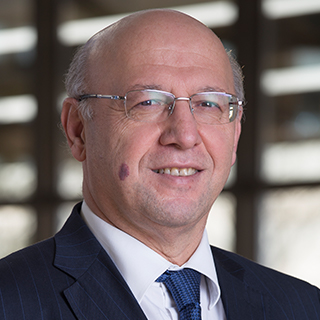
Veysel Yayan
Secretary General
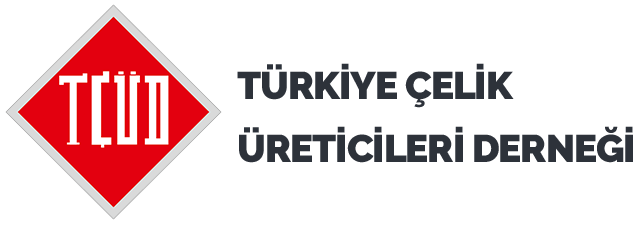
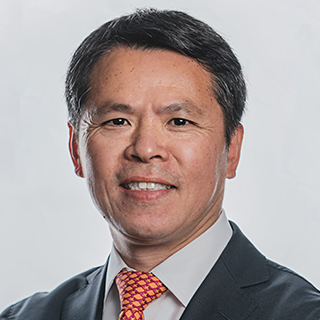
Zhijun Ni
President - BAOSTEEL Europe GmbH – Germany

MODERATOR

Adam Smith
Editor in Chief
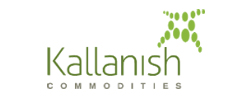
03:30 PM
03:30 – 03:45 PM GMT +3 (15 mins)
Coffee Break

03:45 PM
03:45 – 04:45 PM GMT +3 (1 Hour)
Session 4
Saudi Arabia has long been touted as an excellent location for low-cost direct reduced iron-electric arc furnace-route steelmaking thanks to its plentiful gas reserves and low energy prices. The discovery of iron ore deposits in the west of the kingdom has also raised the prospect of Saudi steelmakers becoming self-sufficient in raw materials. However, increased gas costs and supply shortages have led to DRI production issues in recent years, while tight iron ore pellet availability globally, coupled with a graphite electrodes shortage, has increased raw materials sourcing costs. The steel industry is nevertheless at the forefront of new technological developments designed to reduce energy consumption and carbon emissions, which could be utilised in Saudi Arabia. The kingdom’s stepping up of exports in recent years since restrictions were eased presents new opportunities, but does domestic logistical infrastructure facilitate or hinder export competitiveness? Will Saudi make increased natural gas available for the steel industry? Are there technologies available to tackle gas shortages? Is more support for exports, including export financing, required? What are the prospects for Saudi establishing a captive iron ore supply? How has the Covid-19 pandemic impacted regional supply chains and what measures can be taken to alleviate this? What has the impact of the global energy crunch been on MENA’s economies and its steel industry? The outbreak of war in Ukraine has further inflated global oil and gas prices, thereby exacerbating energy costs and restricting steel production in Europe. To what extent can hydrocarbon-rich Saudi Arabia exploit this opportunity for the benefit of its steel suppliers? Will disrupted supply of DR-grade pellet and HBI from Russia impact Saudi steelmaking costs? How is increasing investment in renewable energy and hydrogen as the future fuel of choice going to impact the steel industry? This session will aim to answer these questions, as well as looking at potential renewable energy investments and how they could benefit the steel industry.
Key Themes:
- Case study of China: development of steel sector despite lack of own raw materials base
- The prospect for energy reduction measures/technology in GCC steelmaking
- Outlook for electrodes, alloys, magnesium and other consumables
- Saudi renewable energy sector development and benefits for steel industry
- Saudi steel export progress/incentives and actions for competitive shipping costs – comparable to other ports in GCC – Bank of Exports development
- Allocation of natural gas at competitive energy prices for the GCC steel industry
- Process developments leading to energy conservation in steel industry
- Covid-19 supply chain disruptions impact on trade and resolution?
- Energy crunch impact on Saudi/MENA?
- How will Ukraine war impact Saudi steel mills’ energy competitiveness and raw materials sourcing?
(Order according to alphabetical sequence)
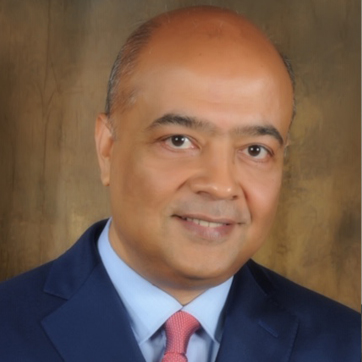
Dilip George
Group CEO

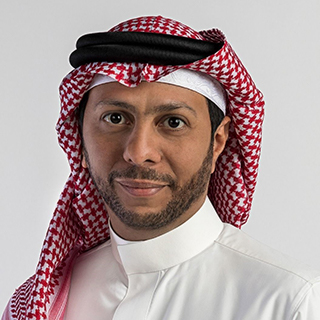
Loay Mashabi
Deputy Minister of Logistics Services
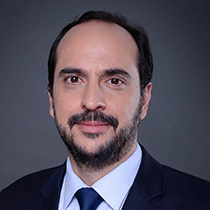
Marcello Spinelli
Executive Vice President, Iron Ore
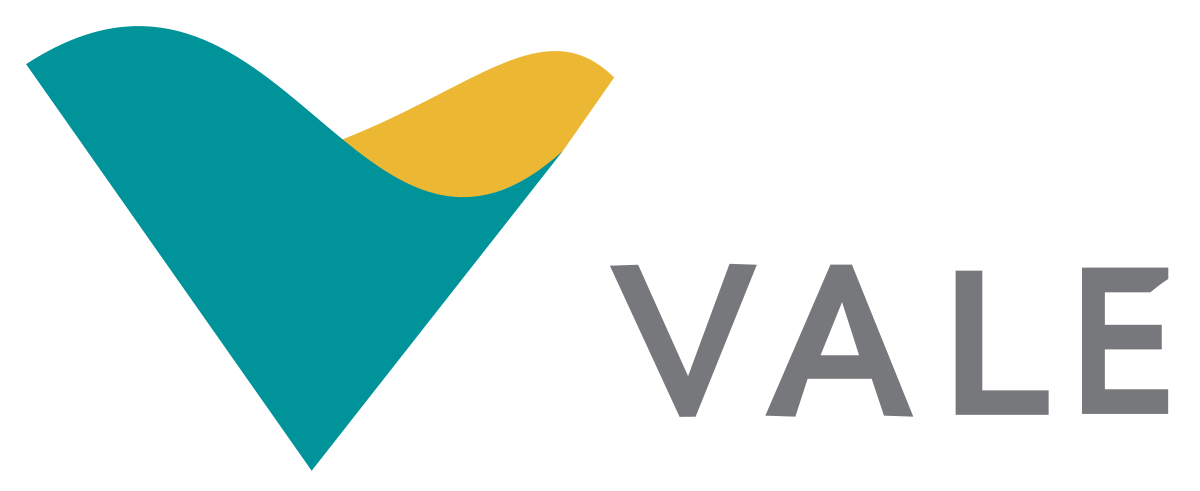
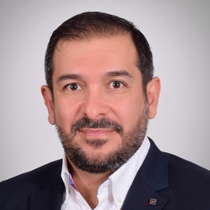
Onur Yigiter
Chief Executive Officer

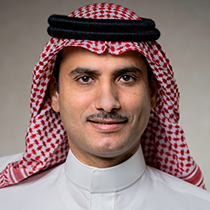
Suliman Almazroua
Chief Executive Officer
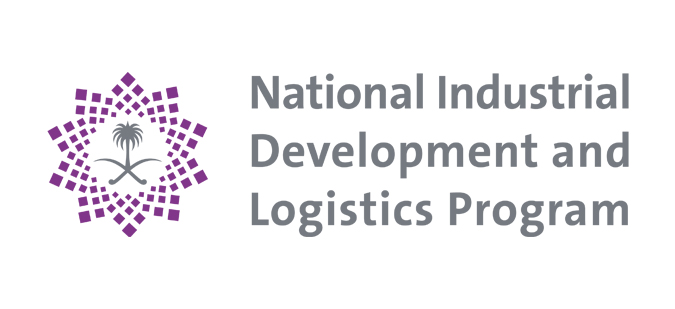
04:45 PM
04:45 – 05:00 PM GMT +3 (15 mins)
Conference Chairman’s Closing Remarks

07:00 PM
07:00 – 09:00 PM GMT +3 (2 hour)
Gala Dinner
Networking Reception & Gourmet Dinner served

07:30 AM
07:30 – 09:30 AM GMT +3 (2 Hours)
Welcome Coffee

09:30 AM
09:30 – 09:35 AM GMT +3 (5 mins)
National Anthem and Verse from the Holy Qur’an
09:35 AM
09:35 – 09:50 AM GMT +3 (15 mins)
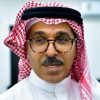
Patronage Speech
Eng. Nadhmi Al-Nasr
Chief Executive Officer of NEOM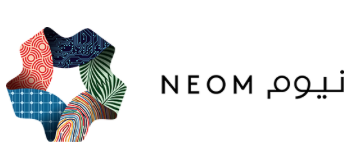
09:50 AM
09:45 – 10:00 AM GMT +3 (10 mins)
Conference Chairman’s Opening Remarks

10:05 AM
10:05 – 11:00 AM GMT +3 (55 mins)
Session 5
Amid the challenges posed by the Covid-19 pandemic, the Kingdom of Saudi Arabia has begun accelerating the steps of economic transformation to attract foreign investments, in order to support recovery processes in the post-pandemic era. It is launching numerous special economic zones that will lead the Kingdom’s economy to a better reality. This comes within the context of Saudi Arabia’s focus on achieving added value from the economic zones to obtain a large share of foreign investments coming to the Middle East. The economic cities constitute an exceptional investment opportunity for both national and international investors. Naturally, these economic cities, led by “NEOM”, will create massive investment opportunities in the field of specialised products such as iron, steel and various other metals. How will these economic cities affect investment stimulation, the growth of demand for regular iron and steel products, and the creation of new demand for specialised iron, steel and other metal products? What is the plan to deal with all these opportunities, and what will their impact be on economic diversification and industrial development in Saudi Arabia? The session will bring together government officials at the ministerial level and executives of economic cities and major strategic companies in the Kingdom to discuss the economic cities landscape and their role in stimulating demand and motivating and diversifying the economy in the Kingdom of Saudi Arabia.
Key Themes:
- The announced economic cities and the estimated investments. Are there other new economic cities expected?
- What has been accomplished on the ground, and what is expected to be done in the coming period?
- Foreign investments in economic cities are a vital goal. How far have they gone and what is the plan to achieve the targeted levels?
- The impact of economic cities on the diversification of the economy and the growth of demand for iron, steel and other metal products
- The specialised steel and metal products that the industrial cities will require, what are they, and what is the plan to stimulate investment to produce them locally?
- What progress has been made on Saudi Arabia’s automotive cluster?
- What is the outlook for renewable energy capacity expansion in Saudi Arabia and what steel products will this require?
(Order according to alphabetical sequence)

Greg Whiteside
Head of Development

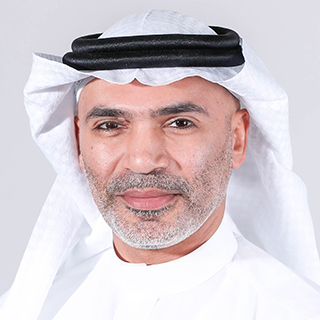
Majid Matbouly
Head of Industrial Valley
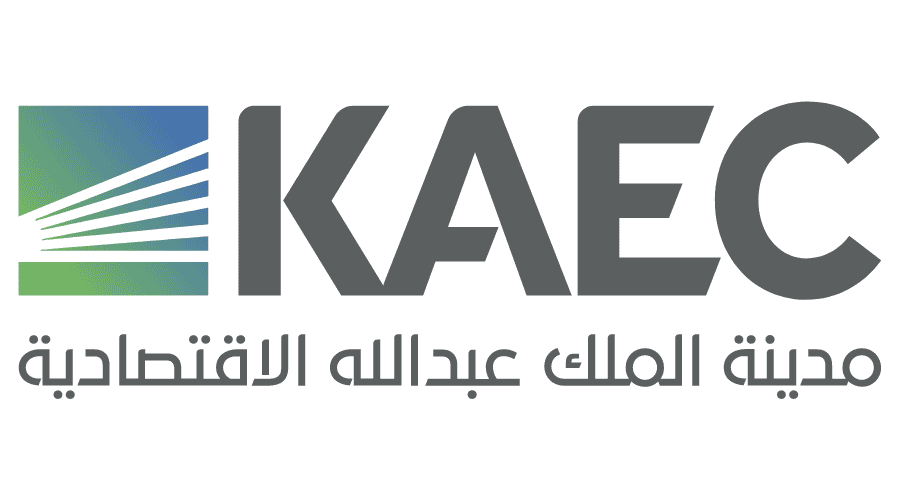
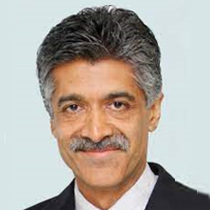
Vishal Wanchoo
CEO – OXAGON Industrial City

11:00 AM
11:00 – 11:50 AM GMT +3 (50 mins)
Session 6
Saudi Arabia and the wider GCC were once fertile territory for new steelmaking investment, which has seen the region become self-reliant in many long products and increase its presence on export markets. Although the pace of investment has slowed in the last decade, a multitude of recent new project announcements have brought the theme of investment back to the fore. Saudi Vision 2030 is set to drive demand growth in the kingdom over the next decade, and economic diversification will demand flat products whose regional production remains limited. India’s Essar Group plans to build a 3 million tonnes/year hot strip mill in Saudi Arabia, while Saudi Aramco is partnering with Baosteel to build the long-awaited first plate mill in the kingdom. India’s Vedanta is meanwhile planning on exploring zinc deposits in Saudi Arabia that could be processed and supplied, among others, to steel galvanizers. The long-ago touted iron ore pelletising plant in Saudi Arabia is however yet to materialise. These prospective projects are in line with the Saudi National Industrial Development Center (NIDC)’s Minerals and Metals Cluster strategy, and are designed to supply burgeoning new end-use sectors in the kingdom. What support is NIDC providing to attract foreign investment into steelmaking in Saudi Arabia, and what progress has been made so far on its strategy for the steel industry? What technological specifications will be required for the prospective plants and where will equipment be sourced from? In neighbouring United Arab Emirates, meanwhile, Emirates Steel is pushing ahead with its long-awaited Phase 3 hot strip mill expansion. The firm has already been operating a carbon capture and storage (CCS) plant since 2016, a technology which is now increasingly advertised as being significant in the first stage of global steelmaking decarbonisation. The firm has also signed an agreement with Abu Dhabi National Energy Company to develop a green hydrogen project to be used in steelmaking. What potential does the GCC have for decarbonising its steel industry and how can this be achieved? How can steelmakers work together with technology suppliers to ensure they utilise technology suitable to the regional conditions? Given the GCC’s economic diversification and growth, what are the prospects for further investment into steelmaking capacity? Will there be sufficient regional raw materials supply to support this? All these topics and more will be discussed during this session.
Key Themes:
- Prospects for foreign investment into GCC steelmaking
- Technological partnerships/requirements for new capacity
- Policy support for industry investment
- Achievements of the Minerals and Metals Cluster strategy
- New steel products required for Saudi economic diversification
- Outlook for investment into regional raw materials supply
- The GCC’s role in and approach to decarbonizing steelmaking
(Order according to alphabetical sequence)
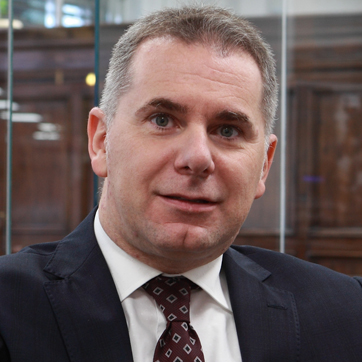
Andrea Diasparro
Vice President
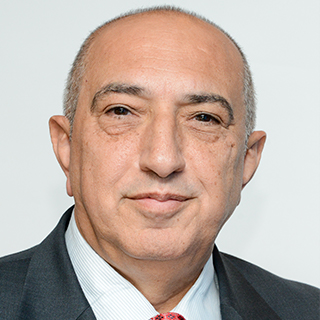
Hassan Shashaa
Chief Strategy & Transformation Officer

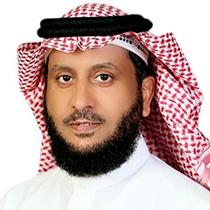
Matar Al-Harthi
Vice President for Mining and Minerals
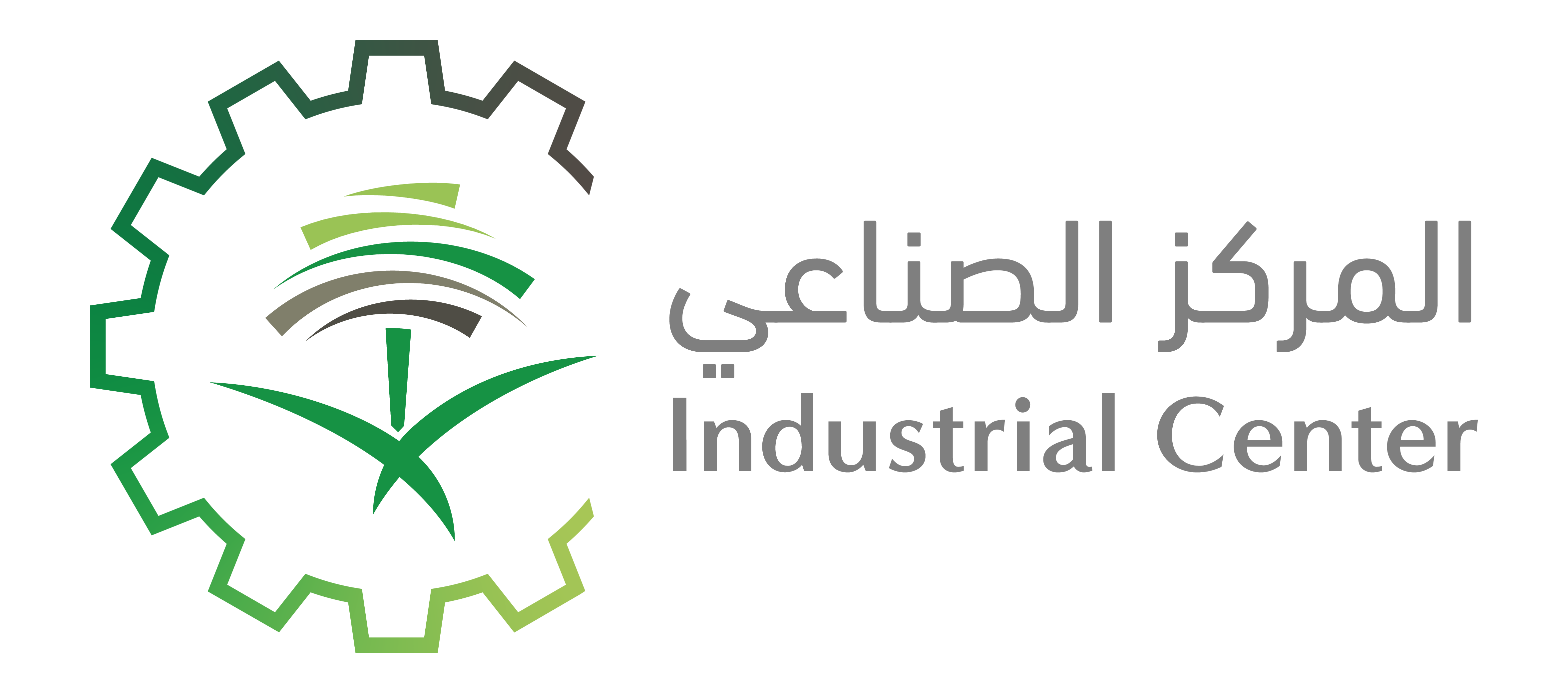
11:50 AM
11:50 AM – 01:25 PM GMT +3 (1 hour 35 mins)
Prayer & Lunch

01:30 PM
01:30 – 02:30 PM GMT +3 (1 Hour)
Session 7
The oil and gas industry has traditionally been Saudi Arabia’s main economic driver and one of its most important steel consumers. Growing global oil demand saw Saudi invest substantially into increased production capacity, requiring vast tonnages of products such as plate, beams and pipe. The revenue earned from oil exports has allowed Saudi Arabia to make massive economic investments over recent decades, in turn generating demand for construction steel. Oil prices dropped in 2014, changing the landscape. Oil and gas spending and therefore drilling activity is down in recent years. Hydrocarbon prices have however rebounded in recent months, with gas especially seeing more demand than there is supply. Since the outbreak of war in Ukraine, these prices have been driven up higher, with oil returning to 2014 levels and boosting industry sentiment. The question is, will this translate into increased drilling investment, or will the longer-term trend of decarbonisation continue to gradually phase out oil demand? Natural gas is seen as a transition fuel and should therefore enjoy stronger investment prospects in the medium term. A significant number of welded pipe makers have been established in Saudi Arabia to serve the oil & gas sector, while the Middle East’s only two seamless pipe makers are both based in Saudi. Will they find continued demand from the oil & gas sector, or turn to other applications such as water or new streams such as hydrogen transportation? Analysts believe the outlook for Saudi gas demand is promising due to increased domestic consumption. What is the outlook for the oil & gas market going forward? Given the reduced oil & gas investment, does the sector still require as much steel as before? Do Saudi steel suppliers offer the products, grades and qualities required by the local oil & gas industry? Are they prepared for a potential future switch to hydrogen transportation? If not, what has to be done? This session will examine these issues and more.
Key Themes:
- Do Saudi suppliers offer the required grades and qualities needed by the oil & gas sector?
- Prospects for Saudi natural gas market and consequences for steel suppliers
- How long will high oil prices last?
- Saudi oil drilling/capital expenditure outlook
- Prospects for pipe demand from investment into natural gas as a transition fuel
- How can the pipe making industry prepare for the transition to hydrogen use?
- Saudi pipe capacity investment overview
- Seamless pipe requirement in Saudi market
- Pipe making technology options available for Saudi mills to improve supply to oil & gas sector
(Order according to alphabetical sequence)
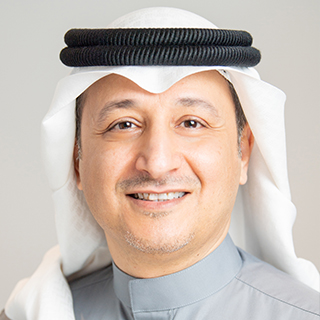
Ahmed Alzahrani
Manager, Industrial Development and Strategic Supply Dept.

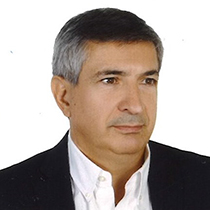
Gabriel Monti
Chief Executive Officer
Arcelor Mittal Tubular Products Jubail
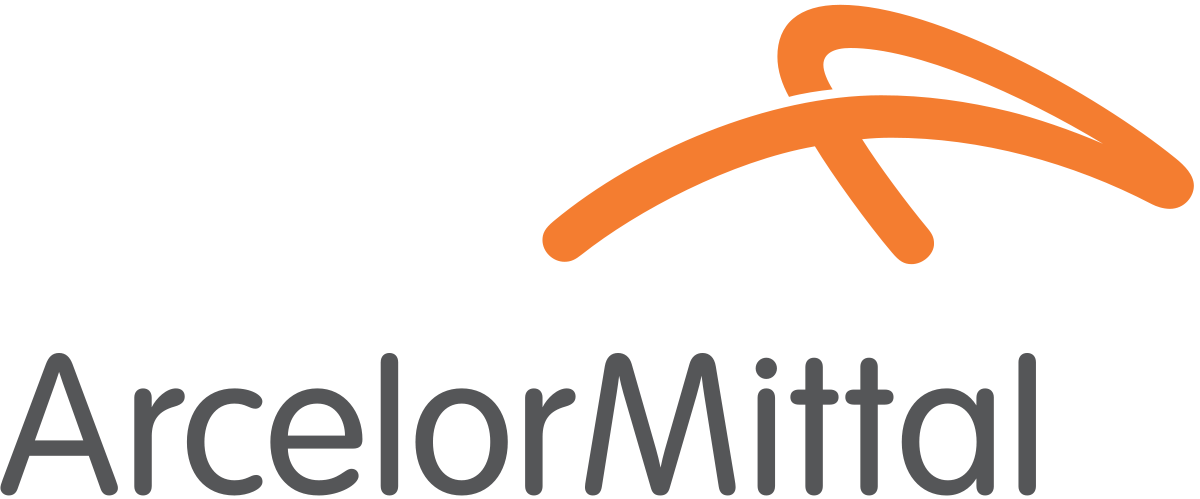
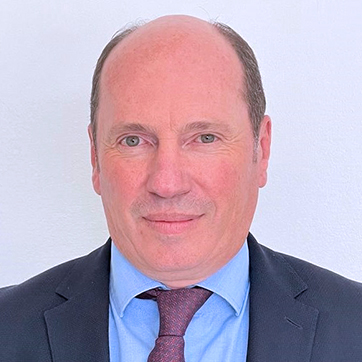
Laurent Bardet
General Manager

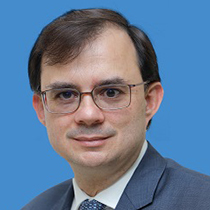
Mariano Armengol
Managing Director and CEO

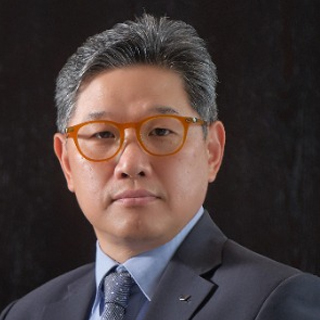
Sang Bum (Daniel) Hong
Sr. Managing Director, CMO & Head of Global Operations

MODERATOR
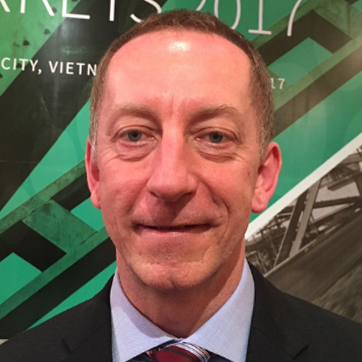
Paul Mullins
Director

02:30 PM
02:30 – 03:30 PM GMT +3 (1 Hour)
Session 8
Following a comprehensive look into the steel industry in Saudi Arabia, the Middle East and North Africa, and across the world over two days, with invaluable insight provided by the world’s top industry executives, the final session will bring together the moderators from each session to recap and discuss the most important issues raised during SIIS21/22. What is the future for the industry post-Covid-19? What challenges remain after the pandemic and how should the industry approach them?
What will the long-term impact be from the Ukraine war on global trading patterns? What are the main challenges and opportunities for Saudi Arabia’s steel industry and what measures need to be taken to support local suppliers? This session will aim to bring the most pressing issues into focus and debate what priorities industry players must set. Participation from the audience will be encouraged to get a broader and interactive perspective of the main issues affecting the industry. Steel has been hit hard by various game-changing events and the future looks uncertain. Although we may not have all the answers, SIIS21/22 has gone a long way to shedding light on the key themes within the steel industry and provided a solid platform for discussion on what steps to take going forward.
(Appearance in Sequential of the Sessions)

H.E. Bandar AlKhorayef
Minister

Noor Shabib
Vice President for Strategic Planning & Business Development
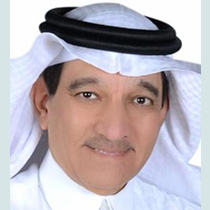
Talat Hafiz
Economic Columnist & Banking Expert
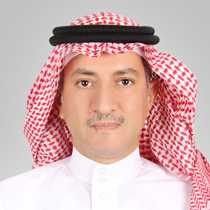
Abdulaziz Al-Mogbil
Energy Observer

Paul Mullins
Director

MODERATOR
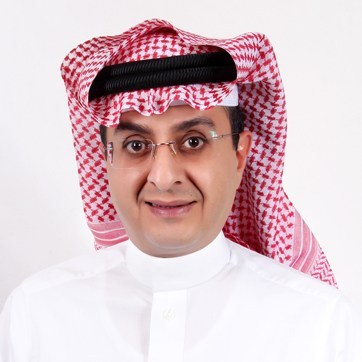
Rayed Al-Ajaji
Chairman
(Conference Chairman)

03:30 PM
03:30 – 03:45 PM GMT +3 (15 mins)
Closing Remarks

04:00 PM
04:00 - 08:00 PM GMT +3 (4 Hours)
Pre-Registration Desk
07:30 AM
07:30 – 09:30 AM GMT +3 (2 Hours)
Registration

09:00 AM
09:00 – 11:00 AM GMT +3 (2 Hours)
Ongoing energy access is essential for people, countries and economies to thrive. Discover how we are a reliable energy supplier to the world at:

Workshop 1 (Start at 9:00 AM): Aramco Namaat Program
Presented by Bilal A. Shamma
The Aramco Namaat program is promoting and investing in new businesses, focusing on creating National Champions that will contribute to the efficiency, reliability and sustainability of the Company’s ecosystem while contributing to national economic goals. The program focuses on investments in five emerging and growth sectors that are strategic to both Aramco and the Kingdom. These are: sustainability, digital, industrials, manufacturing, and social innovation.
Workshop 2 (Start at 9:40 AM): iktva Overview & Value Proposition
Presented by Nasser K. Al Rushoud
The workshop will cover an overview of the In Kingdom Total Value Add (iktva) program and showcase localization opportunities for the metal ecosystem. Each localization opportunity will include: details of the opportunity including high-level technical requirements, estimated market size with future outlook, and access to key localization stakeholders.
Workshop 3 (Start at 10:20 AM): Doing Business with Saudi Aramco
Presented by Abdulrahman A. Al Khalaf
Doing business with Aramco requires different registration and qualification processes depending on a number of factors, such as the company’s location and type of supplier (material vendor, manufacturer or service provider). Saudi Aramco is looking for highly qualified suppliers to provide best-in-class materials and services. Join this workshop to understand how to be part of Saudi Aramco’s world-class supply chain, focused on delivering greater value and enabling continued growth.
11:00 AM
11:00 AM – 01:00 PM GMT +3 (2 Hours)

RAJHI STEEL cordially invites you to the workshop where we will overview the characteristics of present concrete reinforcement steel making technologies and will discuss their impact on material efficiency, sustainability and preservation of natural resources.
The challenges faced by the specific production technologies on product quality, material availability, energy efficiency and impact on GHG emissions will also be deliberated.
The requirements on new high strength grades and the present status of available technologies to produce such grades will be discussed.
01:00 PM
01:00 – 03:00 PM GMT +3 (2 Hours)

Join us at our workshop and learn about our innovative solutions and sustainability practices, as one of the largest manufacturers of steel in the Middle East. Our advanced product range, uncompromising emphasis on long-term reliability and quality, and commitment to customers have helped us be a leader in high-quality metals that have played a vital role in the global construction industry. During the workshop, we will demonstrate how we are contributing to the successful achievement of Saudi Vision 2030 by fostering innovation and working keenly on achieving carbon neutrality within the steel sector.
04:00 PM
04:00 – 04:05 PM GMT +3 (5 mins)
National Anthem and Verse from the Holy Qur’an
04:05 PM
04:05 – 04:10 PM GMT +3 (5 mins)
Selective Introductory Film
04:10 PM
04:10 – 04:15 PM GMT +3 (5 mins)
Conference Chairman’s Opening and Honorary Introduction

04:15 PM
04:15 – 04:25 PM GMT +3 (10 mins)

Patronage Speech
H.E. Mr. Bandar AlKhorayef
Minister of Industry and Mineral Resources04:25 PM
04:25 – 04:35 PM GMT +3 (10 mins)

Patronage Speech
H.E. Eng. Khalid Al-Faleh
Minister of Investment
04:35 PM
04:35 – 04:45 PM GMT +3 (10 mins)

Welcome Speech
Mr. Ajlan Al-Ajlan
Chairman of the Federation of Saudi Chambers
04:45 PM
04:45 – 05:00 PM GMT +3 (15 mins)
Conference Chairman Opening Introduction
Documentary Snap-shots and Recommendations from SIIS2019 Conference

05:00 PM
05:00 – 06:00 PM GMT +3 (1 Hour)
The Kingdom of Saudi Arabia is the largest economy in the Arab world and the wider Middle East and North Africa region, and is the only Arab member of the G20. Since Saudi Arabia announced its ambitious Vision 2030 strategic framework to diversify non-oil sources of income, it has made many structural changes. These aim to achieve economic transformation by attracting investments and establishing giant vital projects that are likely to stimulate iron and steel consumption. Has the process of economic transformation in the Kingdom been affected in light of the previous decline in oil prices, which lasted for a period before values rebounded to good levels now? Indeed, to what extent has the growth in oil prices following the outbreak of war in Ukraine improved Saudi Arabia’s public spending and overall economic outlook? Has the Covid-19 pandemic, whose effects are gradually receding, delayed the economic transformation process? How have these factors affected the economy of Saudi Arabia, and what are the measures taken by authorities to ensure that growth continues as planned? How can different authorities best harmonise their efforts to stimulate local investment and attract foreign investment to support the national strategy for the development of national industry sectors, including iron and steel as a strategic national industry? What are authorities doing to support an increase in non-oil foreign trade, including Saudi steel exports, which have accelerated in recent years? What progress is being made on training up the next generation of Saudi engineers to ensure a sufficient native labour force for industrial expansion?
Key Themes:
- The impact of the COVID-19 pandemic on the timeline of Saudi Vision 2030.
- Saudi Arabia’s position on overcapacity which is subject to continuous discussions in the Global Forum on Steel Capacity
- The Kingdom of Saudi Arabia’s measures to increase economic investment associated with stimulating domestic and foreign investment
- The Public Investment Fund (PIF) project/investment outlook, progress in Saudi economic diversification
- Stimulating and supporting the industrial sector in light of Saudi Vision 2030 – What will the Kingdom look like at the beginning of the next decade?
- Renewable energy investment as part of Saudi Vision 2030 – what are authorities doing to support the global trend of decarbonization?
- How have Saudi steel exports evolved since they were liberalised in 2017, and what support are authorities giving the industry to trade abroad?
- Saudi Arabia is opening up more to international business. What is the government doing to encourage foreign talent to live and work in Saudi?
- The progress of training up the Kingdom’s next generation of engineers to operate the steel plants and manufacturing plants?
- How will the war in Ukraine impact Saudi Arabia’s economy and what measures is government taking to ensure the situation benefits rather than hinders growth?
(Order according to alphabetical sequence)

H.E. Bandar Ibrahim AlKhorayef
Minister
Ministry of Industry and Mineral Resources

H.E. Khalid Abdulaziz Al-Faleh
Minister
Ministry of Investment

MODERATOR

Noor Shabib
Vice President for Strategic Planning & Business Development
06:00 PM
06:00 – 06:05 PM GMT +3 (5 mins)
Conference Chairman’s Closing Remarks

06:10 PM
06:10 – 06:40 PM GMT +3 (30 mins)
Break for Maghreb Prayers

06:45 PM
06:45 – 08:00 PM GMT +3 (1 hour 15 mins)
Exhibition Tour & Networking Reception

08:00 PM
08:00 – 09:30 PM GMT +3 (1 hour 30 mins)
Gala Dinner

07:30 AM
07:30 – 09:30 AM GMT +3 (2 Hours)
Welcome Coffee & Snacks

09:30 AM
09:30 – 09:35 AM GMT +3 (5 mins)
National Anthem and Verse from the Holy Qur’an
09:35 AM
09:35 – 09:50 AM GMT +3 (15 mins)

Patronage Speech
H.E. Dr. Nayef Falah M. Al-Hajraf
Secretary General of the Cooperation Council
for the Arab States of the Gulf

09:50 AM
09:50 – 9:55 AM GMT +3 (5 mins)
Conference Chairman’s Opening Remarks

10:00 AM
10:00 – 11:10 AM GMT +3 (1 Hour 10 Mins)
Session 1
Saudi Arabia is a land rich in natural resources that could be exploited to develop the country into an industrial powerhouse. Among other minerals, the Arabian Shield is known to possess rich deposits of chrome, manganese, tin and, most importantly, iron. Coupled with its substantial natural gas reserves, this makes the kingdom a prime potential location for steelmaking and downstream investment. However, the pace of mineral exploitation and availability of natural gas for industry have been major issues. What actions need to be taken in order to resolve these issues, and what more can the government do to adopt enablers that support the provision of raw materials locally and push for the development and structuring of the national iron and steel industry? Increasing non-oil exports is one of the targets of Saudi Vision 2030, and Saudi steel mills have expanded foreign trade significantly in recent years. What can authorities do to support this further? The Saudi rules of origin decree has meanwhile limited volumes of steel coming from abroad. What was the intention of this decree and what has been the impact since its introduction? How have supply chain disruptions in light of the Covid-19 pandemic and war in Ukraine impacted the Saudi steel industry, and what more can be done to alleviate these disruptions? Will the Ukraine war have any longer-term consequences for Saudi Arabia’s economy and steel industry, in particular, and how can these be exploited and/or resolved? What are Saudi Aramco’s plans to tackle lower future oil use in light of the decarbonization trend? What are the prospective investments in the iron and steel industry that will provide a base for economic diversification? The session will bring together Saudi government deputy ministers and executives from key strategic companies in the Kingdom to discuss the current landscape and future prospects for industry and economic diversification in Saudi Arabia.
Key Themes:
- Saudi progress on mineral exploitation – Wadi Sawawin iron ore deposit
- How can Saudi Arabia exploit it resources more efficiently to support steelmaking?
- Saudi Aramco/SABIC cooperation progress since takeover – has this changed steel sourcing?
- Saudi natural gas capacity investments to meet growing demand
- The enablers available for structuring the national iron and steel industry and stimulating its growth and expansion
- What challenges and opportunities have arisen for Saudi Arabia as a result of the war in Ukraine, and how can these be tackled?
- How do SABIC and Maaden contribute to economic diversification?
- Options to stimulate foreign investment in the Saudi iron and steel industry
- Measures to alleviate supply chain disruptions caused by Covid-19
- Saudi Arabia’s export push – what support is government providing?
- Impact of rules of origin decree on Saudi steel industry and manufacturing
(Order according to alphabetical sequence)

Ahmed Ezz
Founder & Chairman


Fahad Al Abdul Kareem
Vice President of the Industrial Services


H.E. Khalid Al-Mudaifer
Vice Minister for Mining Affairs

H.E. Osama Al-Zamil
Vice Minister

Tareq Emtairah
Director, Division of Decarbonization and Sustainable Energy

Vinay Shroff
Chief Marketing Officer

11:10 AM
11:10 – 11:35 AM GMT +3 (25 mins)
WorldSteel: A Closer Look at the MENA Region

Dr. Edwin Basson
Director General
World Steel Association - Belgium

INTERVIEWER

Mohammed Al-Jabr
Vice Chairman
11:35 AM
11:35 AM – 12:50 PM GMT +3 (1 Hour 15 mins)
Session 2
The Middle East and North African steel industry has suffered from reduced demand on account of previously lower oil prices and the Covid-19 impact. However, steel imports into the region have declined as local mills increase self-sufficiency and authorities impose tighter trade controls. Exports, meanwhile, have grown, as MENA mills gain a foothold in international markets. Since liberalising steel exports in 2017, largest regional economy Saudi Arabia’s steel trade deficit has narrowed considerably. What progress have its mills made in establishing themselves in global markets? The Saudi rule of origin decree has meanwhile seen steel imports into Saudi Arabia from other Gulf Cooperation Council countries drop to almost zero low levels since July, removing an important market for many suppliers. How have mills in other GCC countries reacted to this? What has been the response of the GCC’s steelmakers to the increasing push for steel certification within the bloc? How have mill margins been impacted by increasing input costs and inflationary pressure? Have suppliers struggled with supply chain disruptions? Re-rollers’ margins have meanwhile recently been under severe pressure, with rebar and billet prices pegged at similar levels. Does this spell the end for the re-rolling model? The outbreak of war in Ukraine and consequent sanctions against Russia have severely disrupted the supply of raw materials and steel from a major exporting region. How is this affecting MENA mills and steel buyers, and what measures have been/can be taken to mitigate the impact? Have trade flows been redirected? Now that oil prices have rebounded strongly, the 2022 demand outlook has improved for the region’s oil exporters, although this raises the question of whether it will discourage the process of economic diversification which many countries in the region have embarked on. A question mark also remains over investment into regional flat steelmaking capacity, which is considered to be in deficit. Emirates Steel’s hot rolled coil mill aims to reduce the deficit. Essar is also investing in new flat steel capacity in Saudi Arabia. How are these issues likely to develop going forward? This session will aim to answer these questions and forecast the MENA steel market landscape post Covid-19 and Ukraine war.
Key Themes:
- MENA steel demand post Covid-19 and regional demand amid collapse and subsequent rebound in oil prices
- Challenges of GCC long steel producers – re-rolling model under threat?
- Outlook for flat steel consumption in MENA and analysis of reasons for preventing fresh investments in spite of severe flat product shortage
- Sustainability of DRI-EAF route steelmaking, changing share of scrap in feedstock mix
- Will increased steel capacity and protection regulations change the regional steelmaking map and affect the role and place of Turkish, CIS and Asian suppliers in the MENA steel market?
- Algeria’s rapid rise as a regional DRI and steelmaking hub – wider regional impact
- MENA steel export push, progress in establishing presence in global markets
- Saudi rules of origin impact on Saudi steel sourcing and GCC suppliers
- Increasing input costs/inflationary impact
- Re-rollers’ margins under pressure – end of model?
- How has the rerouting of global trade as a result of the war in Ukraine impacted the MENA steel market?
- Do steelmakers anticipate stronger steel demand in oil exporting countries on account of the post-war jump in oil prices? Will demand in oil importing countries suffer?
(Order according to alphabetical sequence)

Ahmed Kalifa
Chief Manufacturing Officer


Meshary Al-Judaimi
Chairman of the Board
Foulath Holding | Bahrain Steel


Saeed Al Remeithi
Group CEO


Salah Al Ansari
President - HADEED


Yousef Al-Muhannadi
General Manager / Chief Executive Officer

MODERATOR

Yuliya Filali Ansary
Editor

12:50 PM
12:50 – 02:25 PM GMT +3 (1 hour 35 mins)
Prayer & Lunch

02:30 PM
02:30 – 03:25 PM GMT +3 (55 Mins)
Session 3
A series of global, game-changing events has hit the world steel market in recent years. The initial impact of the Covid-19 pandemic hit the global economy arguably harder than the 2008-09 financial crisis, compounding the existing pre-pandemic drag on growth stemming from the global manufacturing downturn and rising trade barriers. Steel demand, however, rebounded ferociously towards the end of 2020 and in the first half of 2021, with supply unable to keep up in many cases. Even after supply and demand rebalanced, supply chains remained disrupted as a longer-term consequence of the pandemic. The automotive industry, a major steel consuming sector, has underproduced millions of vehicles globally as a result of semiconductor shortages, despite robust demand for automobiles. Surging Chinese demand growth throughout 2020 and the first half of 2021 slowed considerably in the second half, with concerns arising over future Chinese economic growth and potential sizeable steel surplus in 2022. These have since been allayed by the Chinese government’s announcement of continued infrastructure spending in 2022. However, a renewed Covid outbreak in China amid its zero-Covid policy could spell economic disruption for an unknown period of time. Weakening demand in China has seen the country return in force to the export market, shipping both HRC and slab westwards. India, having taken second spot among the world’s largest producing nations, is eyeing its own large-scale government stimulus that is expected to boost steel consumption. It has also become a major player on the export market. Besides Covid, the outbreak of war in Ukraine and consequent sanctions against Russia have taken huge tonnages of raw materials and steel out of the global market, leading to fears of shortages in some regions, pushing up global ferrous prices and drastically changing long-established trade patterns almost overnight. This has also caused prices of oil and gas to skyrocket, exacerbating already growing inflation and demand for resources, and further lifting costs of steelmaking inputs such as energy, magnesium and electrodes. What are the long-term consequences for global ferrous trade? Are we entering a new era of protracted inflationary pressure? The earlier trade disrupter, Section 232, is taking on a different form after the US signed trade pacts with the EU, Japan and UK. There has been criticism that this move has created a “rich nations’ trade club” to the detriment of other countries. What long-term impact will this have on global trade? In the meantime, the pre-pandemic global steel industry issues of overcapacity, protectionism and environmental impact have not gone away, and have in fact been brought more into focus by the crisis. How has the global steel industry’s stance on these issues changed amid the pandemic? What will the sector look like once Covid-19 is brought under control? Which countries and end-use sectors will lead the recovery? How will the hydrogen revolution change the face of the global steel industry? Will the increased use of ferrous scrap to reduce carbon emissions result in long-term shortages of the steelmaking feedstock? The surge in fossil fuel prices is seen accelerating the energy transition to renewables, but will it hamper or hinder the move towards low-carbon steelmaking technology? What have steel players learnt from the pandemic experience? In this session, top steel industry executives will aim to answer all these questions and debate in detail what future the steel industry can expect post-Covid-19.
Key Themes:
- Maintaining business continuity amid interrupted supply and financial chains
- Progress on tackling global overcapacity – remaining challenges
- Evolution of global steel trade tariffs and their impact on the Middle East’s steel industry
- What is being done to tackle market-distorting steel industry subsidies in some countries
- The impact of China’s reduced economic stimulus and slower growth
- India’s National Steel Policy progress
- US steel industry direction on the global steel industry and demand map
- Impact of US deals with EU, Japan and UK on trading patterns
- Soaring input costs/shortages – energy, magnesium, electrodes, semiconductors
- Hydrogen revolution meaning for steel industry
- Outlook for scrap shortages, price disconnect from other raw materials
- Stimulus measures impact on global steel and how long will it last?
- Freight costs and vessel shortages impact on steel trade
- G20 measures taken to safeguard global economic growth, especially amid Covid-19
- Impact of Ukraine war on global ferrous trading patterns
(Order according to alphabetical sequence)

Alok Sahay
Secretary General


Edwin Basson
Director General


Frank Bekaert
Senior Partner - McKinsey
Benelux Office


Veysel Yayan
Secretary General


Zhijun Ni
President - BAOSTEEL Europe GmbH – Germany

MODERATOR

Adam Smith
Editor in Chief

03:30 PM
03:30 – 03:45 PM GMT +3 (15 mins)
Coffee Break

03:45 PM
03:45 – 04:45 PM GMT +3 (1 Hour)
Session 4
Saudi Arabia has long been touted as an excellent location for low-cost direct reduced iron-electric arc furnace-route steelmaking thanks to its plentiful gas reserves and low energy prices. The discovery of iron ore deposits in the west of the kingdom has also raised the prospect of Saudi steelmakers becoming self-sufficient in raw materials. However, increased gas costs and supply shortages have led to DRI production issues in recent years, while tight iron ore pellet availability globally, coupled with a graphite electrodes shortage, has increased raw materials sourcing costs. The steel industry is nevertheless at the forefront of new technological developments designed to reduce energy consumption and carbon emissions, which could be utilised in Saudi Arabia. The kingdom’s stepping up of exports in recent years since restrictions were eased presents new opportunities, but does domestic logistical infrastructure facilitate or hinder export competitiveness? Will Saudi make increased natural gas available for the steel industry? Are there technologies available to tackle gas shortages? Is more support for exports, including export financing, required? What are the prospects for Saudi establishing a captive iron ore supply? How has the Covid-19 pandemic impacted regional supply chains and what measures can be taken to alleviate this? What has the impact of the global energy crunch been on MENA’s economies and its steel industry? The outbreak of war in Ukraine has further inflated global oil and gas prices, thereby exacerbating energy costs and restricting steel production in Europe. To what extent can hydrocarbon-rich Saudi Arabia exploit this opportunity for the benefit of its steel suppliers? Will disrupted supply of DR-grade pellet and HBI from Russia impact Saudi steelmaking costs? How is increasing investment in renewable energy and hydrogen as the future fuel of choice going to impact the steel industry? This session will aim to answer these questions, as well as looking at potential renewable energy investments and how they could benefit the steel industry.
Key Themes:
- Case study of China: development of steel sector despite lack of own raw materials base
- The prospect for energy reduction measures/technology in GCC steelmaking
- Outlook for electrodes, alloys, magnesium and other consumables
- Saudi renewable energy sector development and benefits for steel industry
- Saudi steel export progress/incentives and actions for competitive shipping costs – comparable to other ports in GCC – Bank of Exports development
- Allocation of natural gas at competitive energy prices for the GCC steel industry
- Process developments leading to energy conservation in steel industry
- Covid-19 supply chain disruptions impact on trade and resolution?
- Energy crunch impact on Saudi/MENA?
- How will Ukraine war impact Saudi steel mills’ energy competitiveness and raw materials sourcing?
(Order according to alphabetical sequence)

Dilip George
Group CEO


Loay Mashabi
Deputy Minister of Logistics Services

Marcello Spinelli
Executive Vice President, Iron Ore


Onur Yigiter
Chief Executive Officer


Suliman Almazroua
Chief Executive Officer

04:45 PM
04:45 – 05:00 PM GMT +3 (15 mins)
Conference Chairman’s Closing Remarks

07:00 PM
07:00 – 09:00 PM GMT +3 (2 hour)
Gala Dinner
Networking Reception & Gourmet Dinner served

07:30 AM
07:30 – 09:30 AM GMT +3 (2 Hours)
Welcome Coffee

09:30 AM
09:30 – 09:35 AM GMT +3 (5 mins)
National Anthem and Verse from the Holy Qur’an
09:35 AM
09:35 – 09:50 AM GMT +3 (15 mins)

Patronage Speech
Eng. Nadhmi Al-Nasr
Chief Executive Officer of NEOM
09:50 AM
09:45 – 10:00 AM GMT +3 (10 mins)
Conference Chairman’s Opening Remarks

10:05 AM
10:05 – 11:00 AM GMT +3 (55 mins)
Session 5
Amid the challenges posed by the Covid-19 pandemic, the Kingdom of Saudi Arabia has begun accelerating the steps of economic transformation to attract foreign investments, in order to support recovery processes in the post-pandemic era. It is launching numerous special economic zones that will lead the Kingdom’s economy to a better reality. This comes within the context of Saudi Arabia’s focus on achieving added value from the economic zones to obtain a large share of foreign investments coming to the Middle East. The economic cities constitute an exceptional investment opportunity for both national and international investors. Naturally, these economic cities, led by “NEOM”, will create massive investment opportunities in the field of specialised products such as iron, steel and various other metals. How will these economic cities affect investment stimulation, the growth of demand for regular iron and steel products, and the creation of new demand for specialised iron, steel and other metal products? What is the plan to deal with all these opportunities, and what will their impact be on economic diversification and industrial development in Saudi Arabia? The session will bring together government officials at the ministerial level and executives of economic cities and major strategic companies in the Kingdom to discuss the economic cities landscape and their role in stimulating demand and motivating and diversifying the economy in the Kingdom of Saudi Arabia.
Key Themes:
- The announced economic cities and the estimated investments. Are there other new economic cities expected?
- What has been accomplished on the ground, and what is expected to be done in the coming period?
- Foreign investments in economic cities are a vital goal. How far have they gone and what is the plan to achieve the targeted levels?
- The impact of economic cities on the diversification of the economy and the growth of demand for iron, steel and other metal products
- The specialised steel and metal products that the industrial cities will require, what are they, and what is the plan to stimulate investment to produce them locally?
- What progress has been made on Saudi Arabia’s automotive cluster?
- What is the outlook for renewable energy capacity expansion in Saudi Arabia and what steel products will this require?
(Order according to alphabetical sequence)

Greg Whiteside
Head of Development


Majid Matbouly
Head of Industrial Valley


Vishal Wanchoo
CEO – OXAGON Industrial City

11:00 AM
11:00 – 11:50 AM GMT +3 (50 mins)
Session 6
Saudi Arabia and the wider GCC were once fertile territory for new steelmaking investment, which has seen the region become self-reliant in many long products and increase its presence on export markets. Although the pace of investment has slowed in the last decade, a multitude of recent new project announcements have brought the theme of investment back to the fore. Saudi Vision 2030 is set to drive demand growth in the kingdom over the next decade, and economic diversification will demand flat products whose regional production remains limited. India’s Essar Group plans to build a 3 million tonnes/year hot strip mill in Saudi Arabia, while Saudi Aramco is partnering with Baosteel to build the long-awaited first plate mill in the kingdom. India’s Vedanta is meanwhile planning on exploring zinc deposits in Saudi Arabia that could be processed and supplied, among others, to steel galvanizers. The long-ago touted iron ore pelletising plant in Saudi Arabia is however yet to materialise. These prospective projects are in line with the Saudi National Industrial Development Center (NIDC)’s Minerals and Metals Cluster strategy, and are designed to supply burgeoning new end-use sectors in the kingdom. What support is NIDC providing to attract foreign investment into steelmaking in Saudi Arabia, and what progress has been made so far on its strategy for the steel industry? What technological specifications will be required for the prospective plants and where will equipment be sourced from? In neighbouring United Arab Emirates, meanwhile, Emirates Steel is pushing ahead with its long-awaited Phase 3 hot strip mill expansion. The firm has already been operating a carbon capture and storage (CCS) plant since 2016, a technology which is now increasingly advertised as being significant in the first stage of global steelmaking decarbonisation. The firm has also signed an agreement with Abu Dhabi National Energy Company to develop a green hydrogen project to be used in steelmaking. What potential does the GCC have for decarbonising its steel industry and how can this be achieved? How can steelmakers work together with technology suppliers to ensure they utilise technology suitable to the regional conditions? Given the GCC’s economic diversification and growth, what are the prospects for further investment into steelmaking capacity? Will there be sufficient regional raw materials supply to support this? All these topics and more will be discussed during this session.
Key Themes:
- Prospects for foreign investment into GCC steelmaking
- Technological partnerships/requirements for new capacity
- Policy support for industry investment
- Achievements of the Minerals and Metals Cluster strategy
- New steel products required for Saudi economic diversification
- Outlook for investment into regional raw materials supply
- The GCC’s role in and approach to decarbonizing steelmaking
(Order according to alphabetical sequence)

Andrea Diasparro
Vice President

Hassan Shashaa
Chief Strategy & Transformation Officer


Matar Al-Harthi
Vice President for Mining and Minerals

11:50 AM
11:50 AM – 01:25 PM GMT +3 (1 hour 35 mins)
Prayer & Lunch

01:30 PM
01:30 – 02:30 PM GMT +3 (1 Hour)
Session 7
The oil and gas industry has traditionally been Saudi Arabia’s main economic driver and one of its most important steel consumers. Growing global oil demand saw Saudi invest substantially into increased production capacity, requiring vast tonnages of products such as plate, beams and pipe. The revenue earned from oil exports has allowed Saudi Arabia to make massive economic investments over recent decades, in turn generating demand for construction steel. Oil prices dropped in 2014, changing the landscape. Oil and gas spending and therefore drilling activity is down in recent years. Hydrocarbon prices have however rebounded in recent months, with gas especially seeing more demand than there is supply. Since the outbreak of war in Ukraine, these prices have been driven up higher, with oil returning to 2014 levels and boosting industry sentiment. The question is, will this translate into increased drilling investment, or will the longer-term trend of decarbonisation continue to gradually phase out oil demand? Natural gas is seen as a transition fuel and should therefore enjoy stronger investment prospects in the medium term. A significant number of welded pipe makers have been established in Saudi Arabia to serve the oil & gas sector, while the Middle East’s only two seamless pipe makers are both based in Saudi. Will they find continued demand from the oil & gas sector, or turn to other applications such as water or new streams such as hydrogen transportation? Analysts believe the outlook for Saudi gas demand is promising due to increased domestic consumption. What is the outlook for the oil & gas market going forward? Given the reduced oil & gas investment, does the sector still require as much steel as before? Do Saudi steel suppliers offer the products, grades and qualities required by the local oil & gas industry? Are they prepared for a potential future switch to hydrogen transportation? If not, what has to be done? This session will examine these issues and more.
Key Themes:
- Do Saudi suppliers offer the required grades and qualities needed by the oil & gas sector?
- Prospects for Saudi natural gas market and consequences for steel suppliers
- How long will high oil prices last?
- Saudi oil drilling/capital expenditure outlook
- Prospects for pipe demand from investment into natural gas as a transition fuel
- How can the pipe making industry prepare for the transition to hydrogen use?
- Saudi pipe capacity investment overview
- Seamless pipe requirement in Saudi market
- Pipe making technology options available for Saudi mills to improve supply to oil & gas sector
(Order according to alphabetical sequence)

Ahmed Alzahrani
Manager, Industrial Development and Strategic Supply Dept.


Gabriel Monti
Chief Executive Officer
Arcelor Mittal Tubular Products Jubail


Laurent Bardet
General Manager


Mariano Armengol
Managing Director and CEO


Sang Bum (Daniel) Hong
Sr. Managing Director, CMO & Head of Global Operations

MODERATOR

Paul Mullins
Director

02:30 PM
02:30 – 03:30 PM GMT +3 (1 Hour)
Session 8
Following a comprehensive look into the steel industry in Saudi Arabia, the Middle East and North Africa, and across the world over two days, with invaluable insight provided by the world’s top industry executives, the final session will bring together the moderators from each session to recap and discuss the most important issues raised during SIIS21/22. What is the future for the industry post-Covid-19? What challenges remain after the pandemic and how should the industry approach them?
What will the long-term impact be from the Ukraine war on global trading patterns? What are the main challenges and opportunities for Saudi Arabia’s steel industry and what measures need to be taken to support local suppliers? This session will aim to bring the most pressing issues into focus and debate what priorities industry players must set. Participation from the audience will be encouraged to get a broader and interactive perspective of the main issues affecting the industry. Steel has been hit hard by various game-changing events and the future looks uncertain. Although we may not have all the answers, SIIS21/22 has gone a long way to shedding light on the key themes within the steel industry and provided a solid platform for discussion on what steps to take going forward.
(Appearance in Sequential of the Sessions)

H.E. Bandar AlKhorayef
Minister

Noor Shabib
Vice President for Strategic Planning & Business Development

Talat Hafiz
Economic Columnist & Banking Expert

Abdulaziz Al-Mogbil
Energy Observer

Paul Mullins
Director

MODERATOR

Rayed Al-Ajaji
Chairman
(Conference Chairman)

03:30 PM
03:30 – 03:45 PM GMT +3 (15 mins)
Closing Remarks

